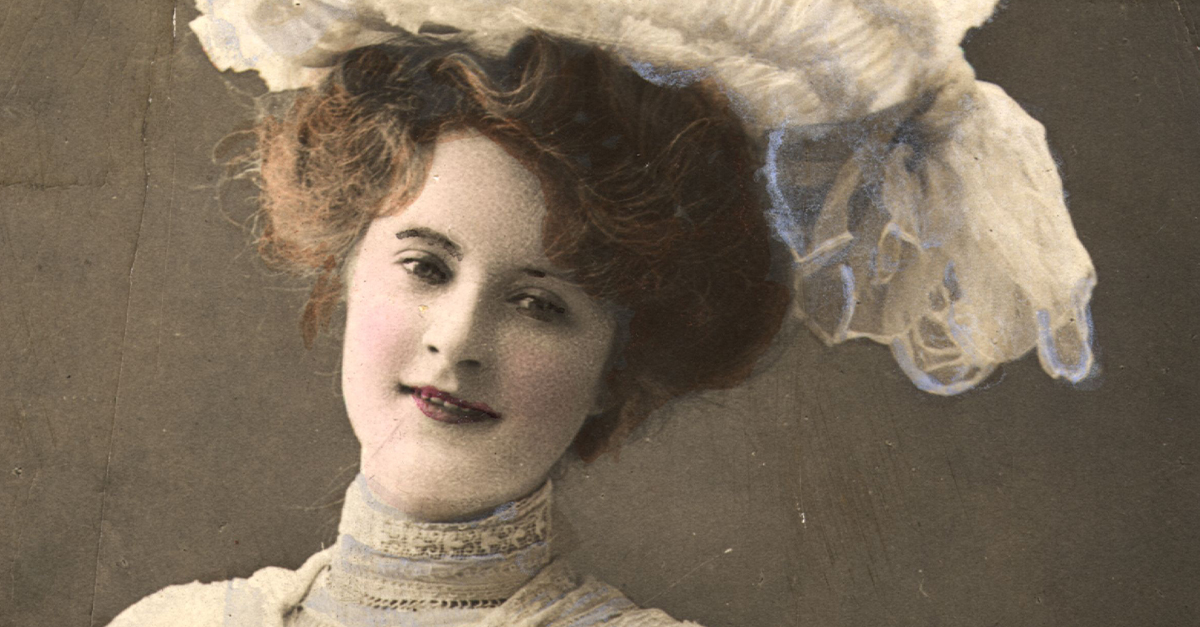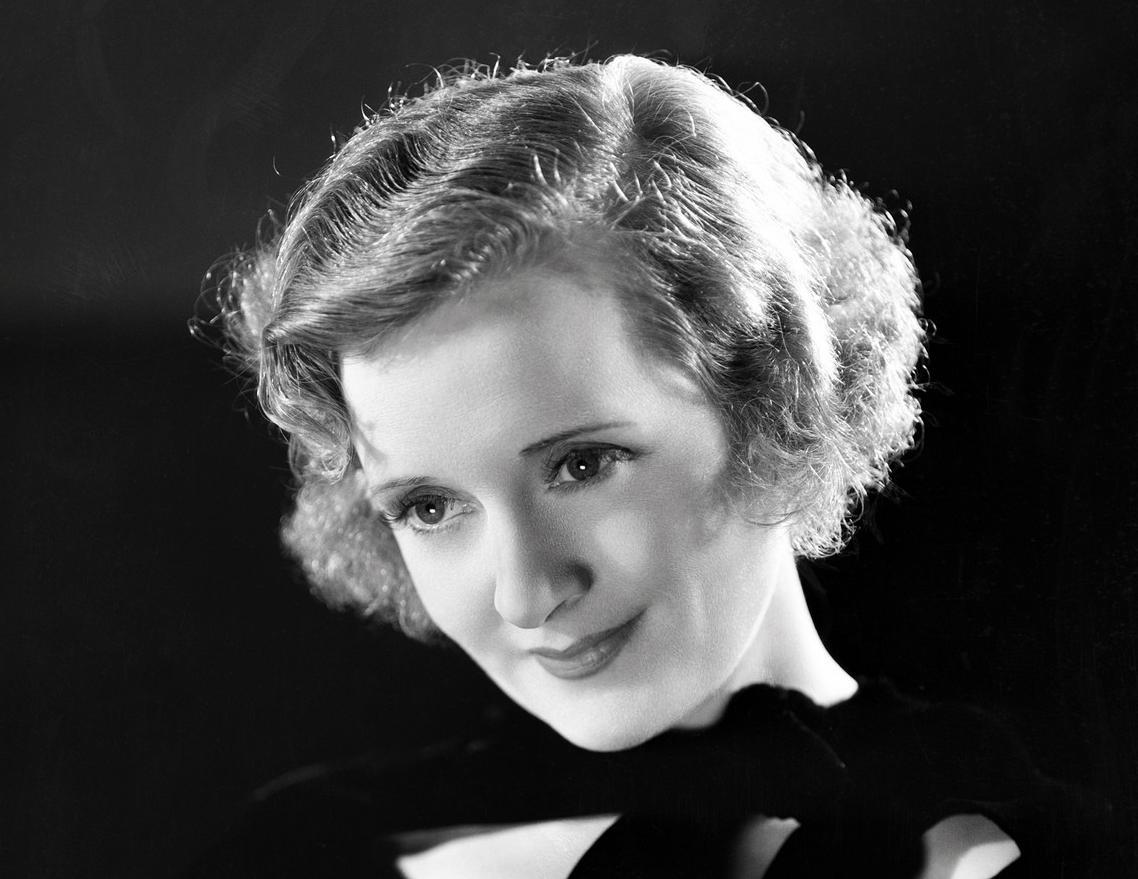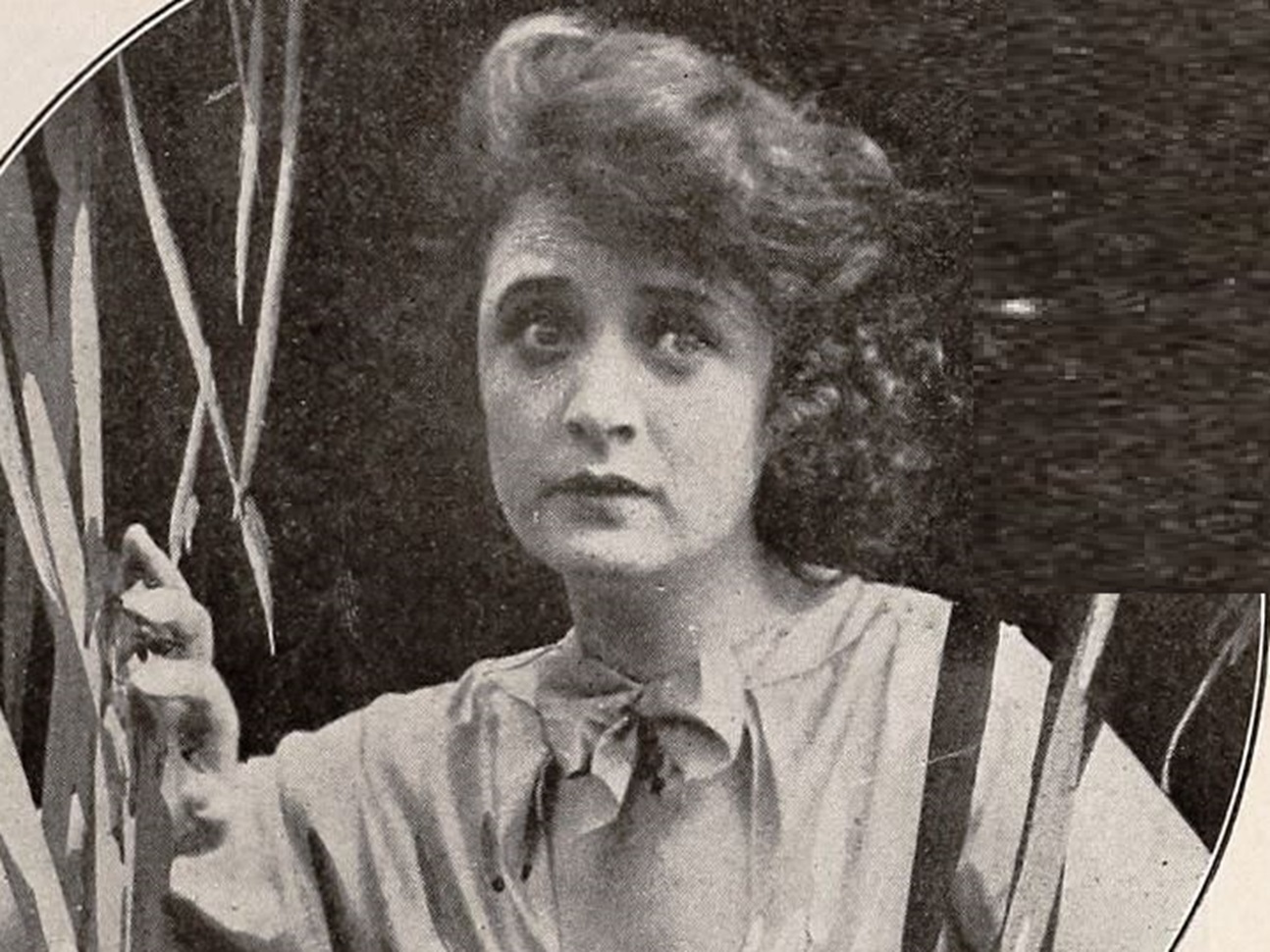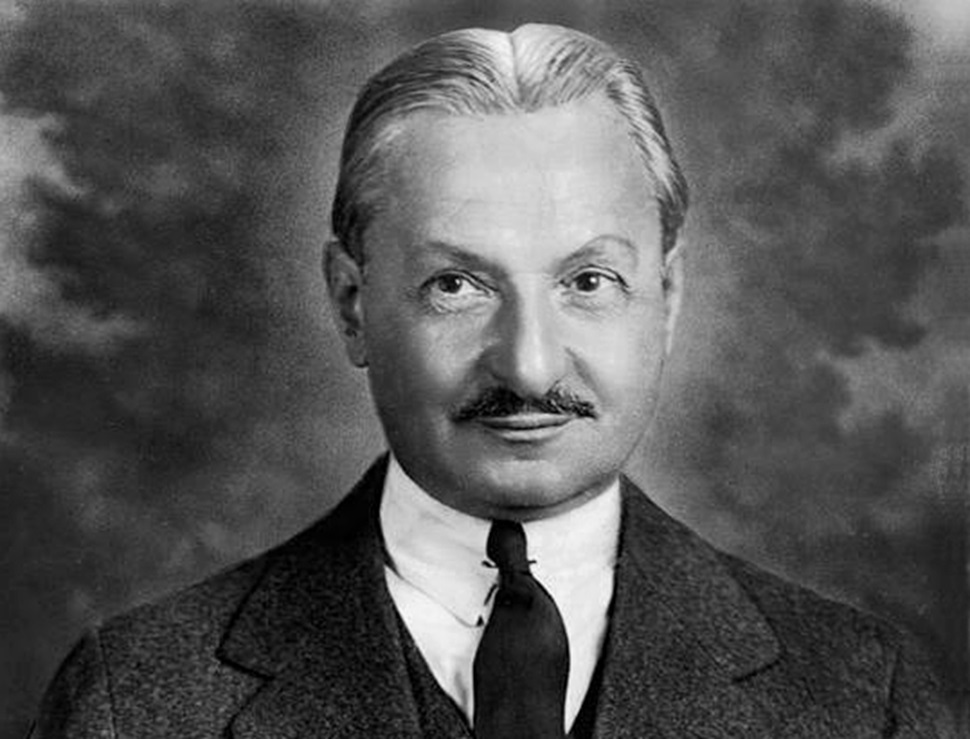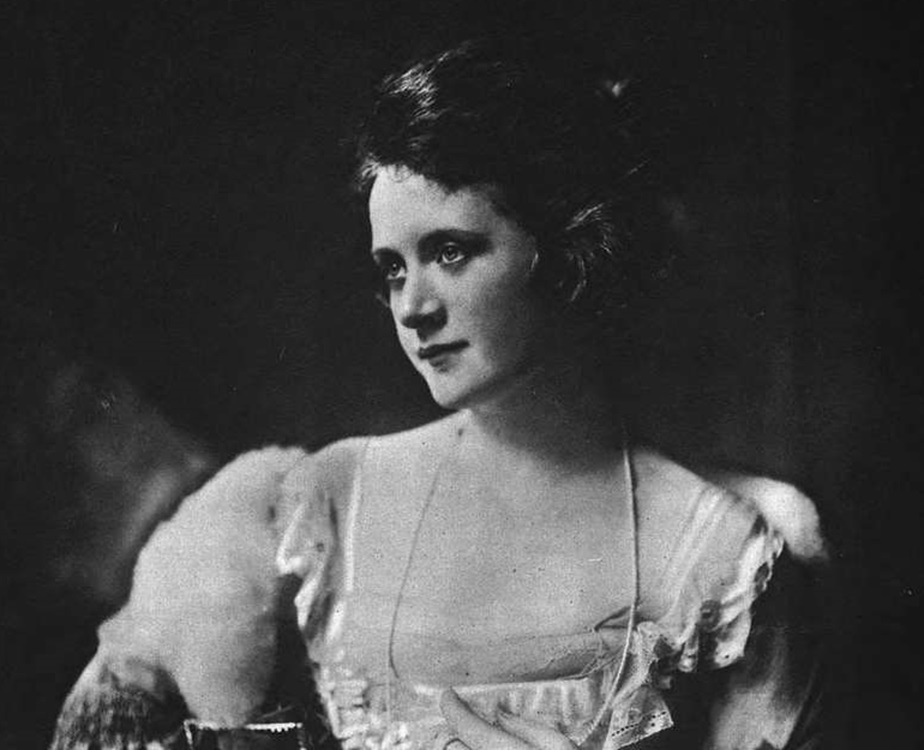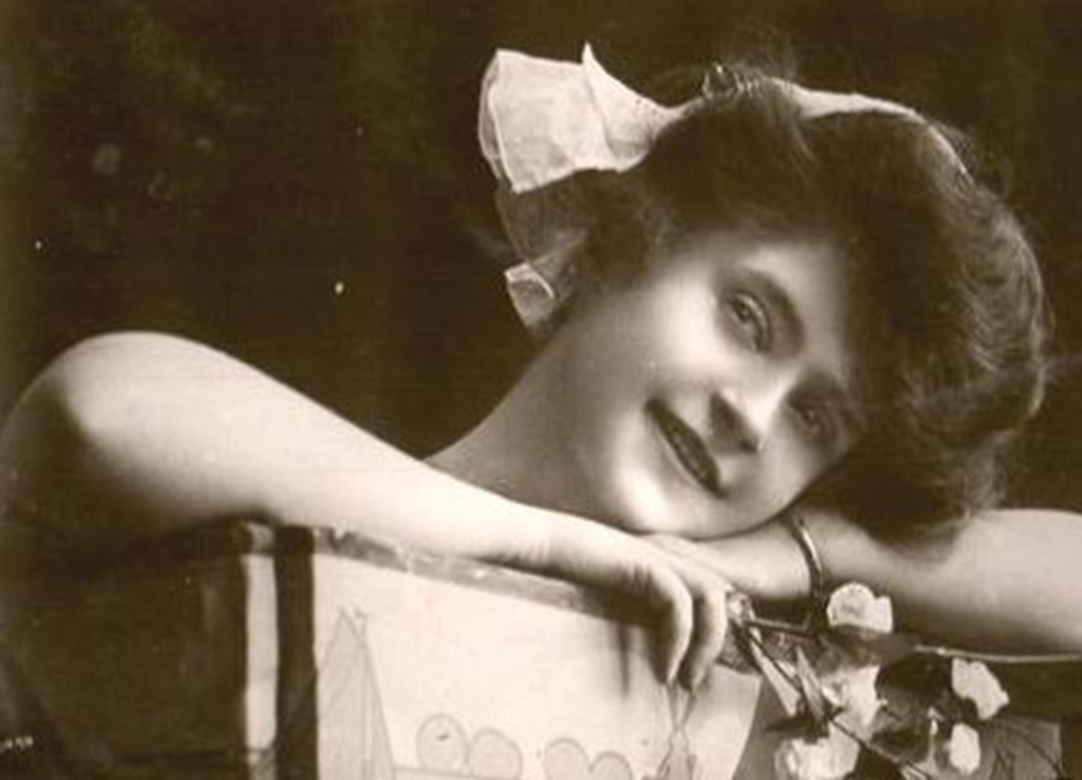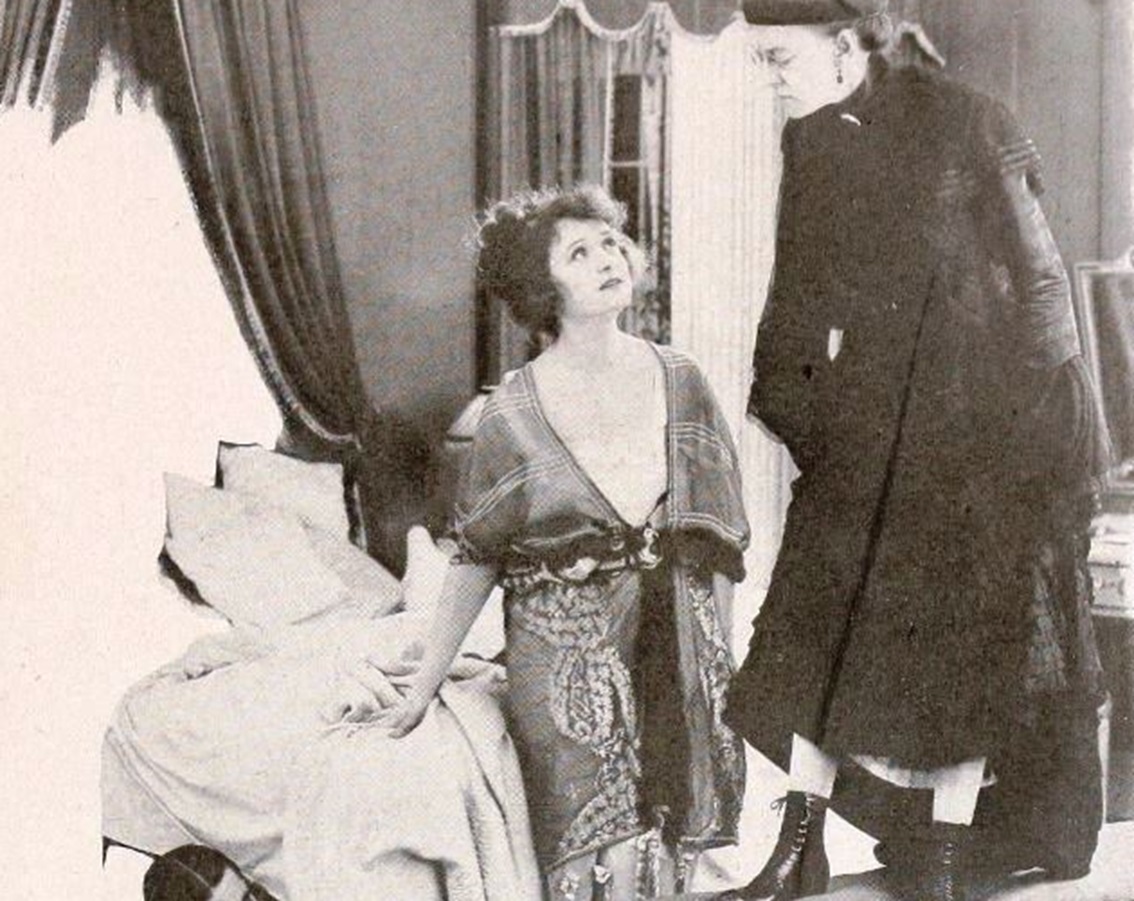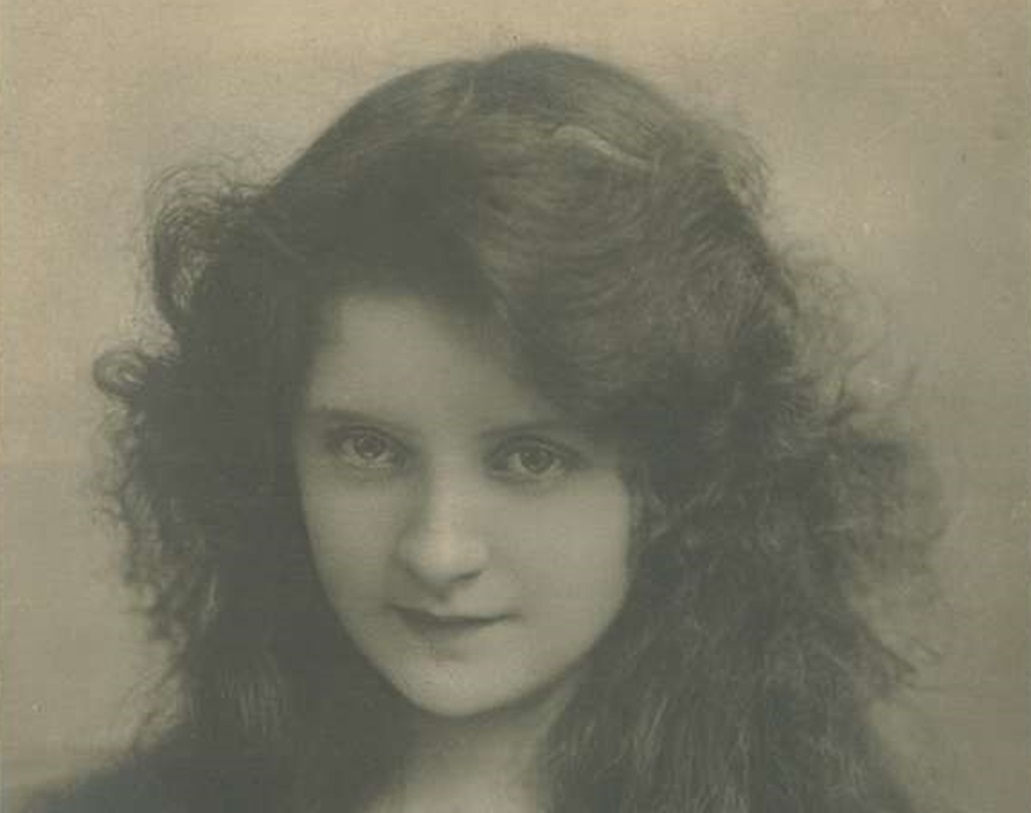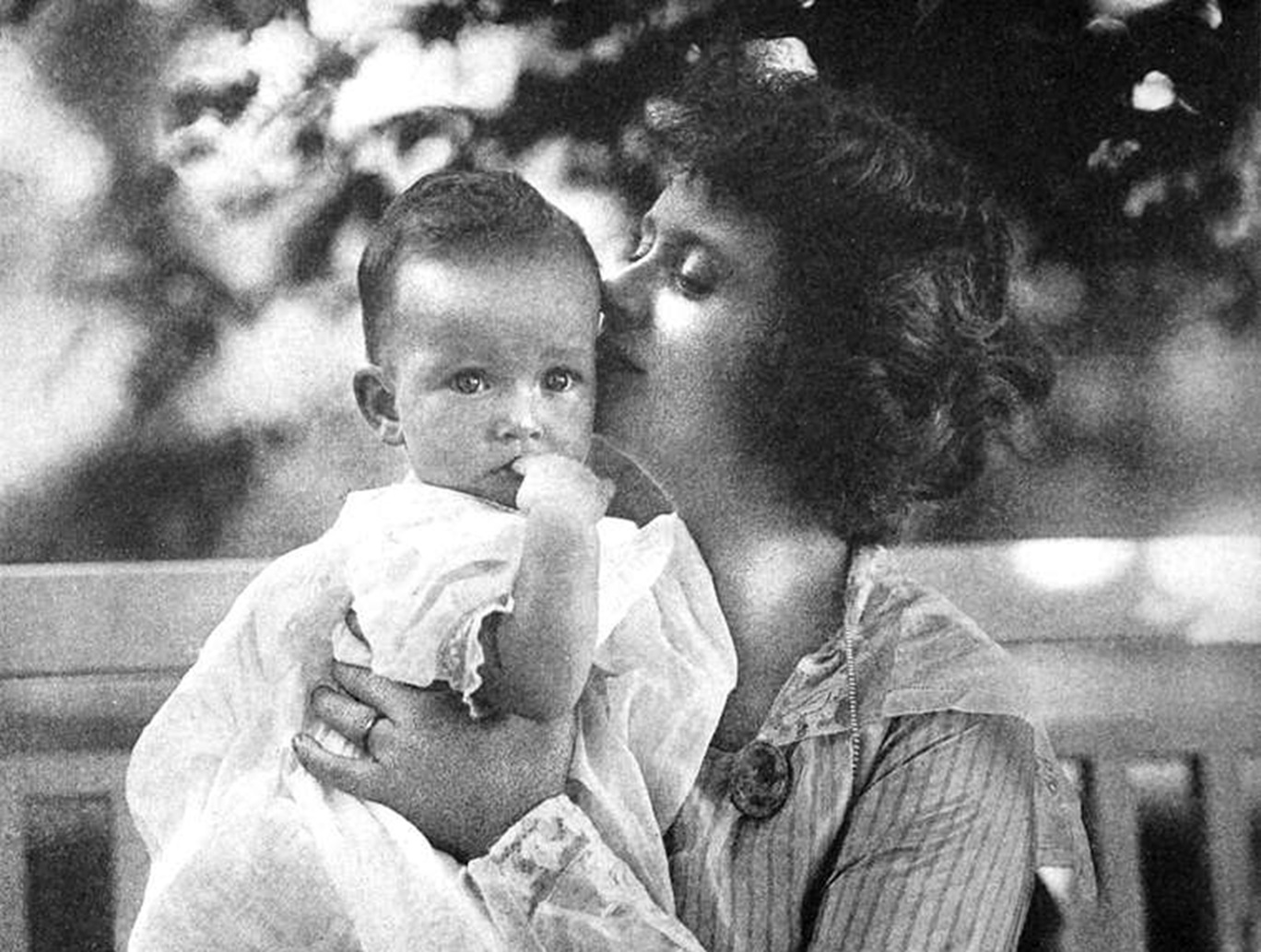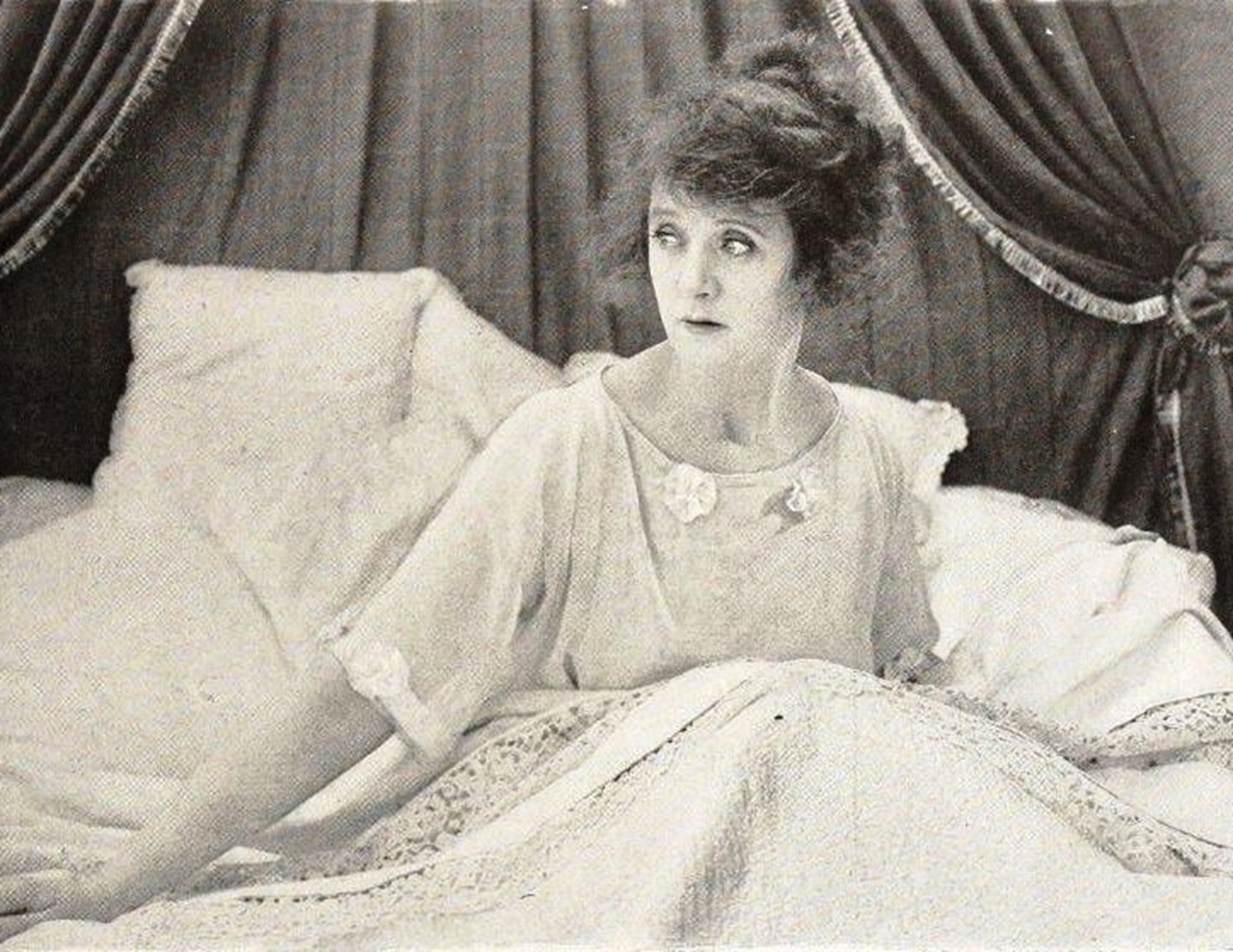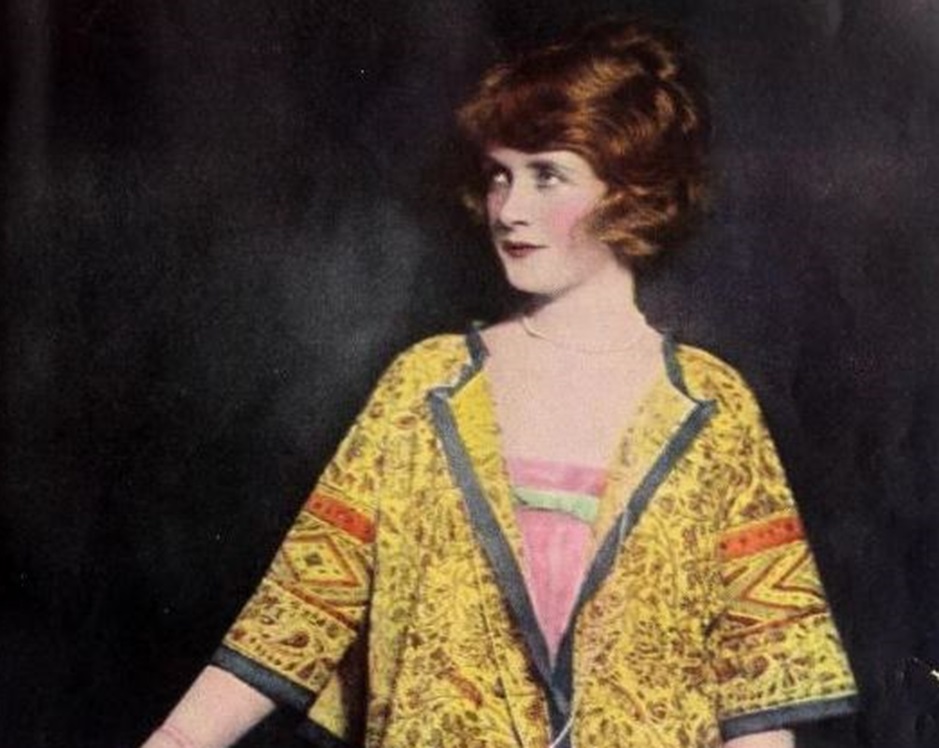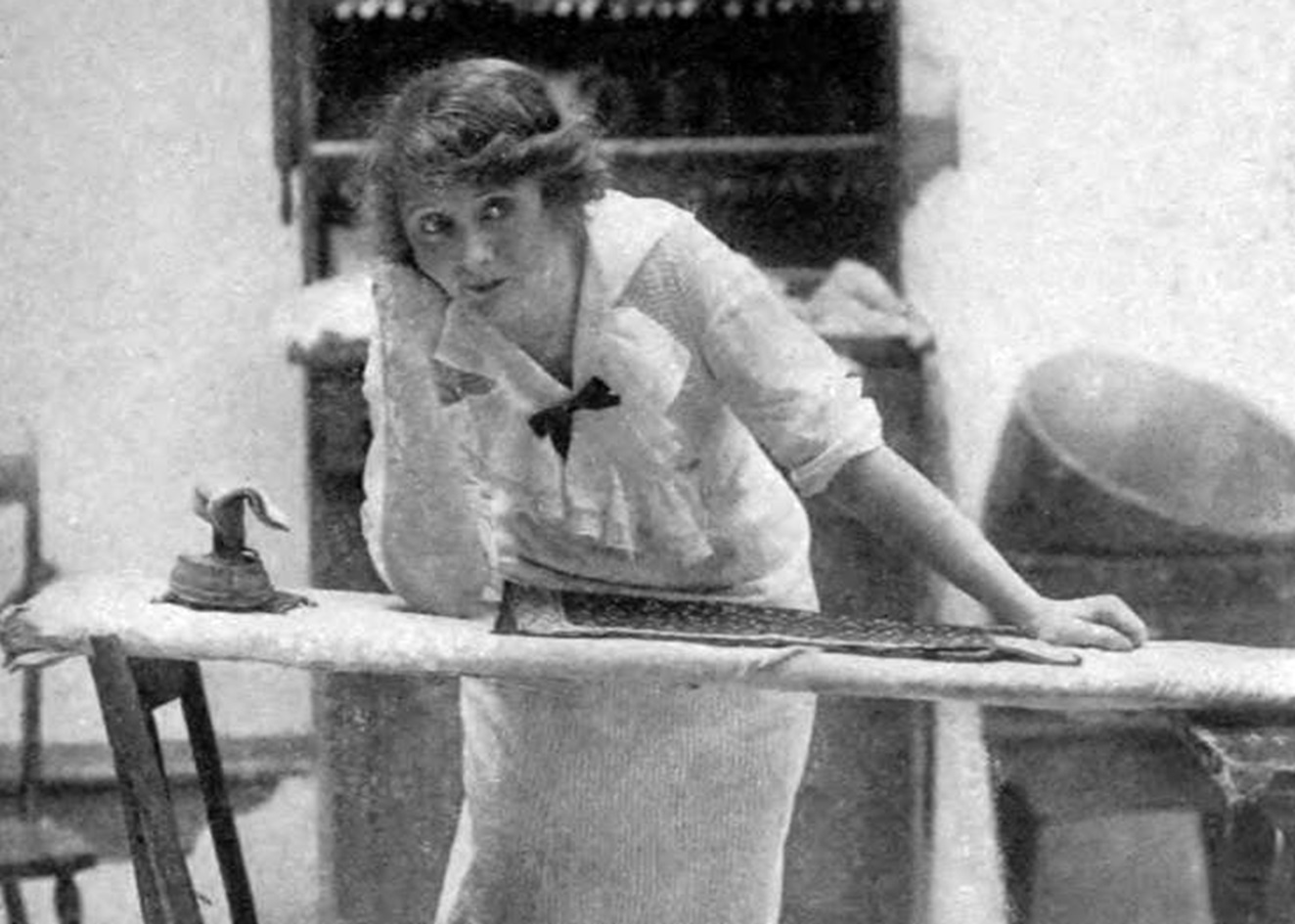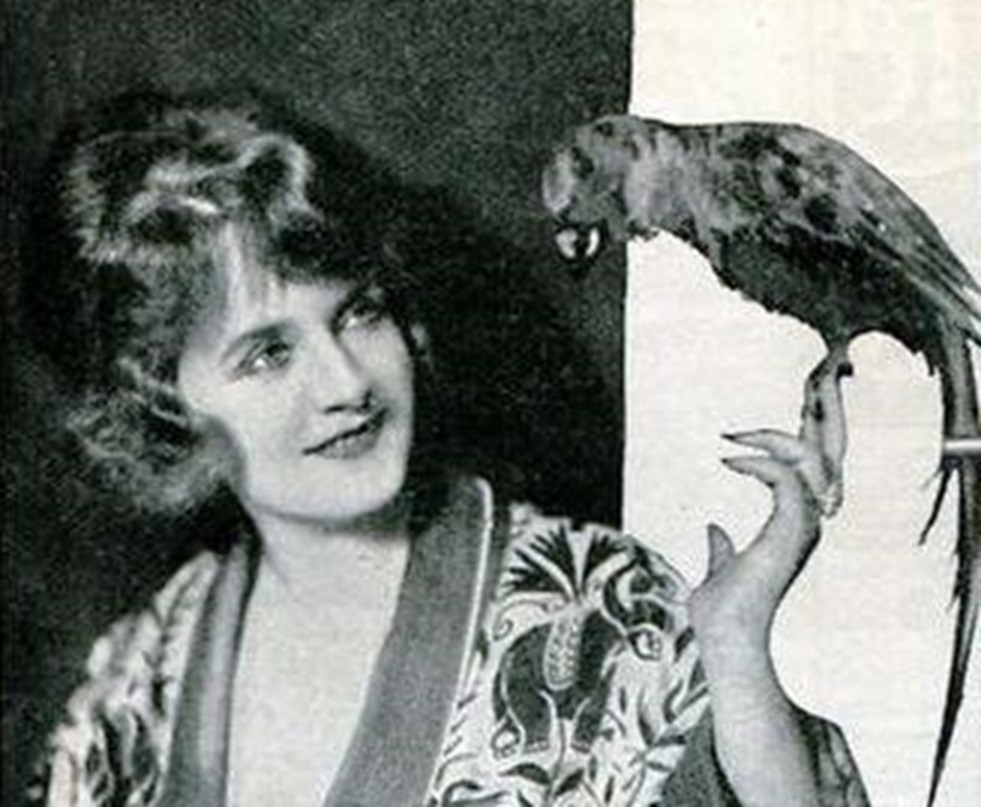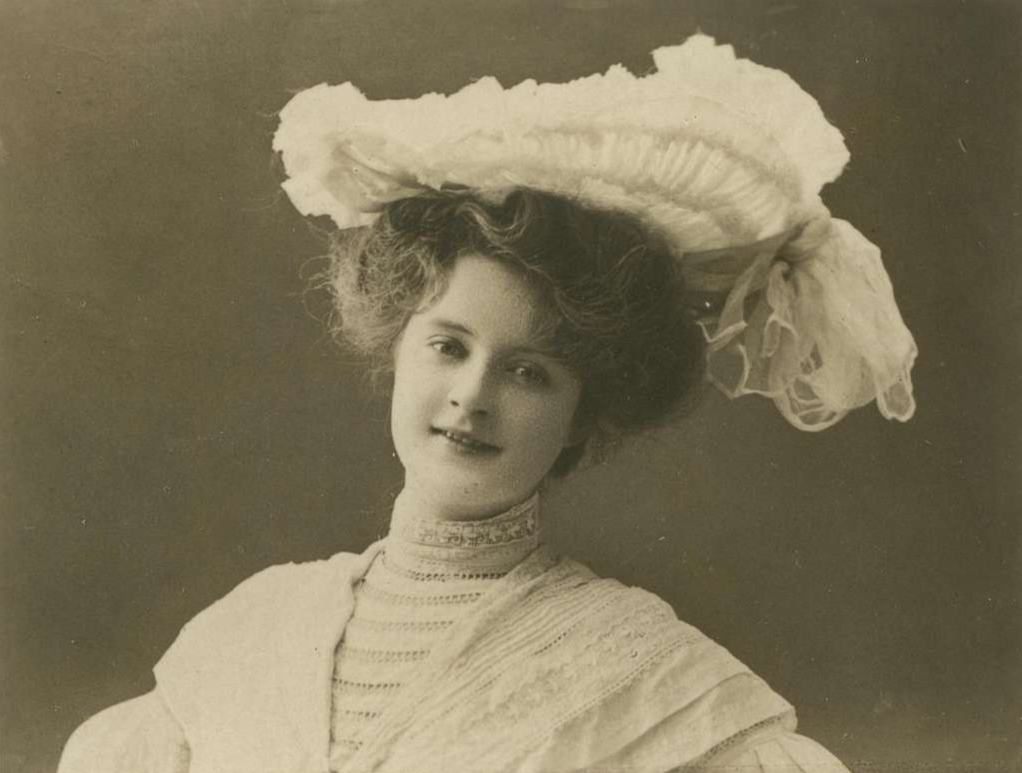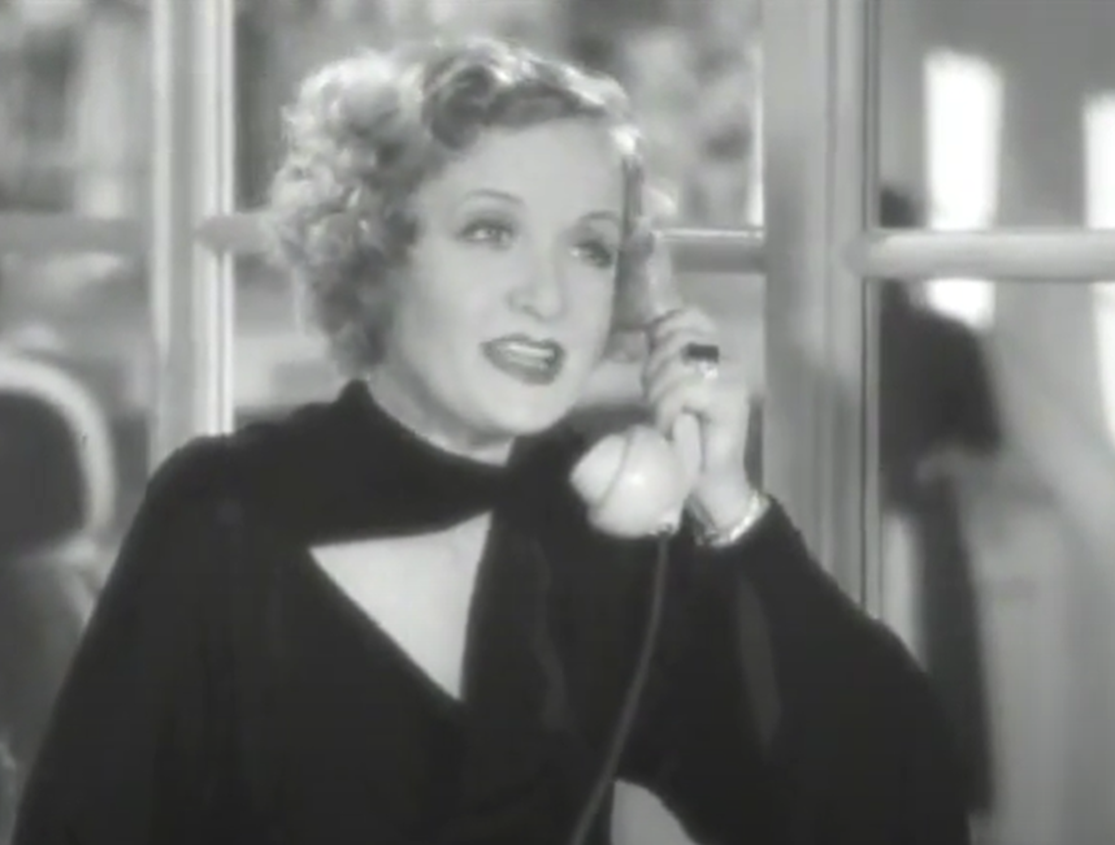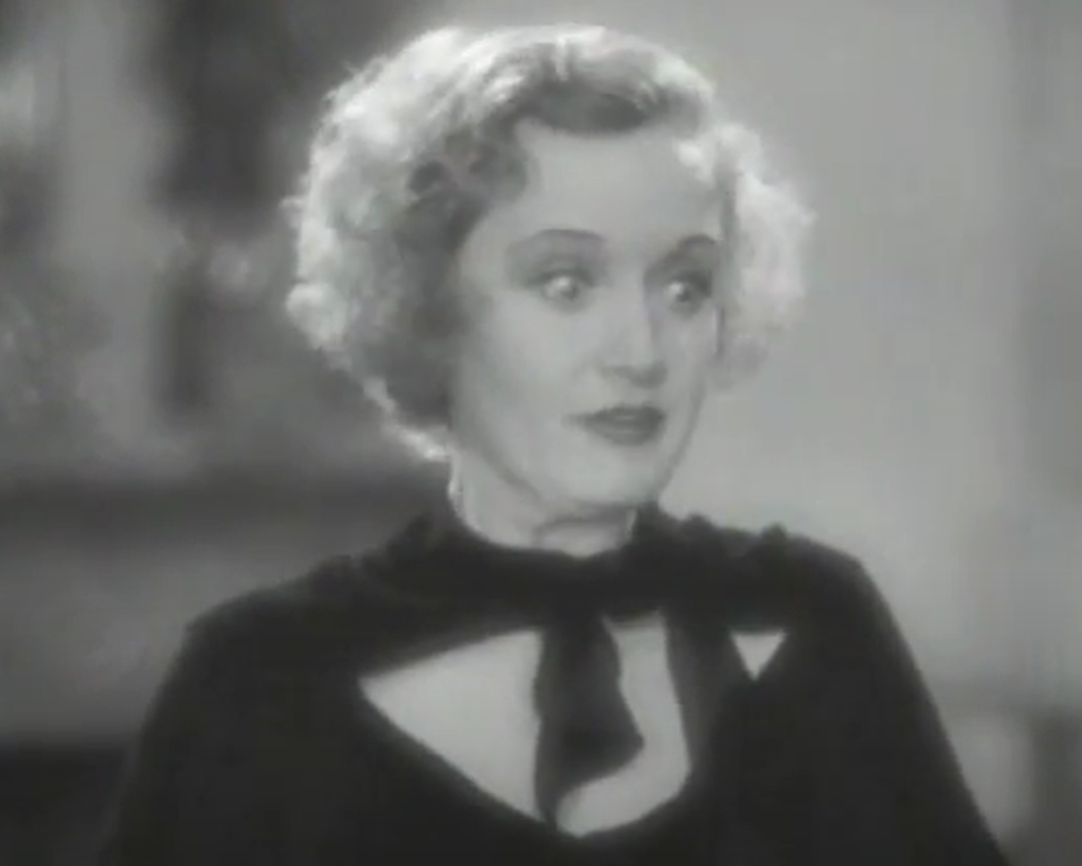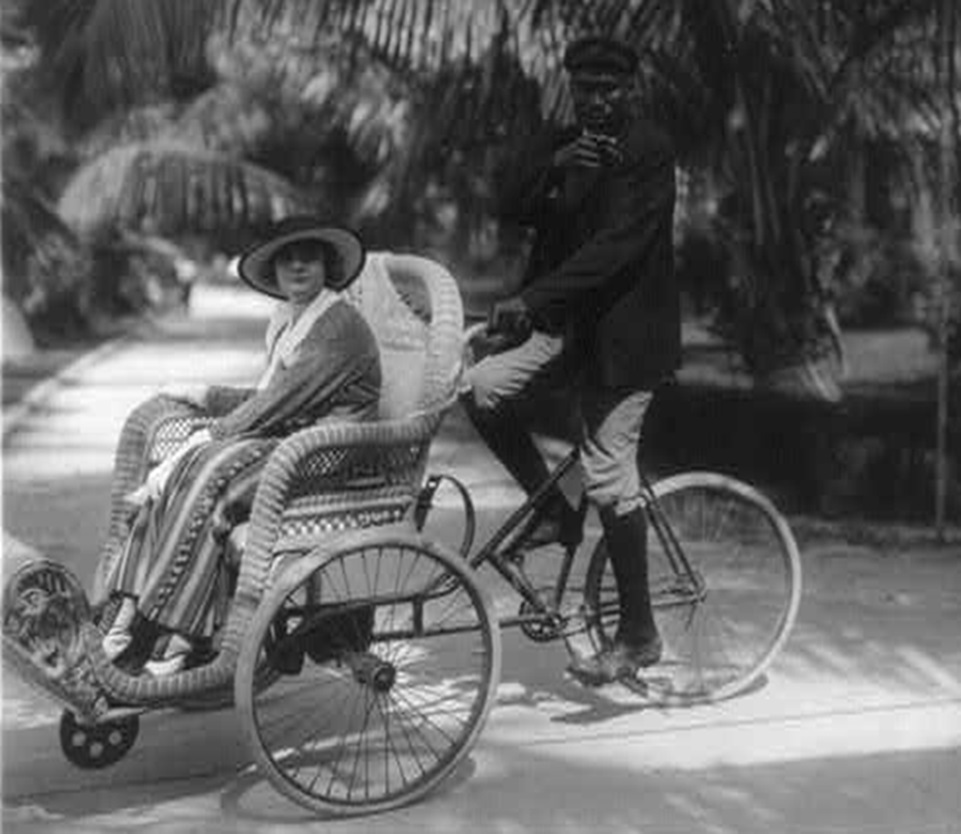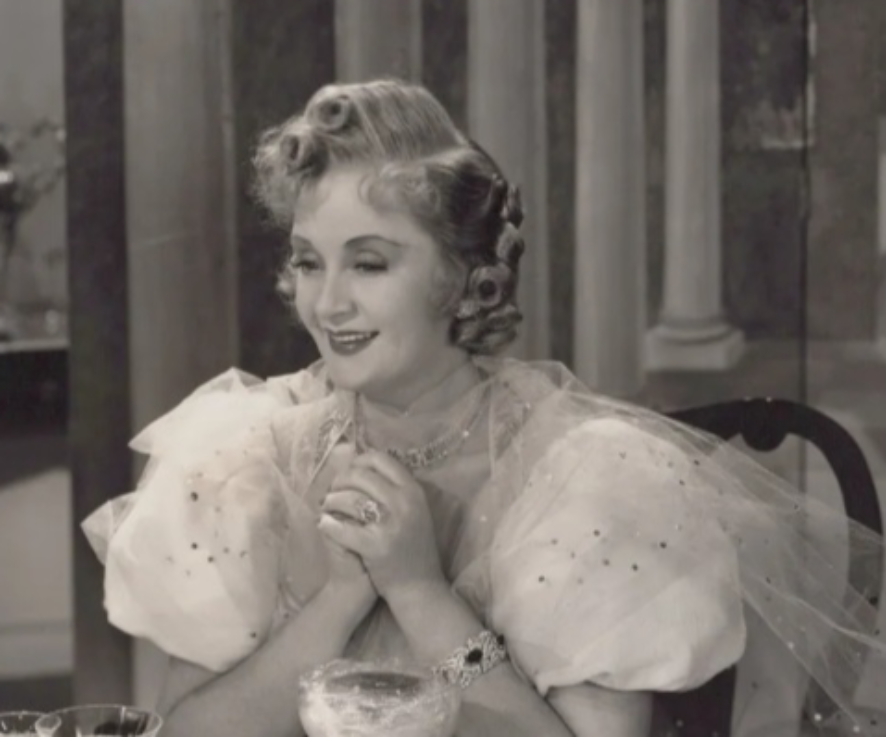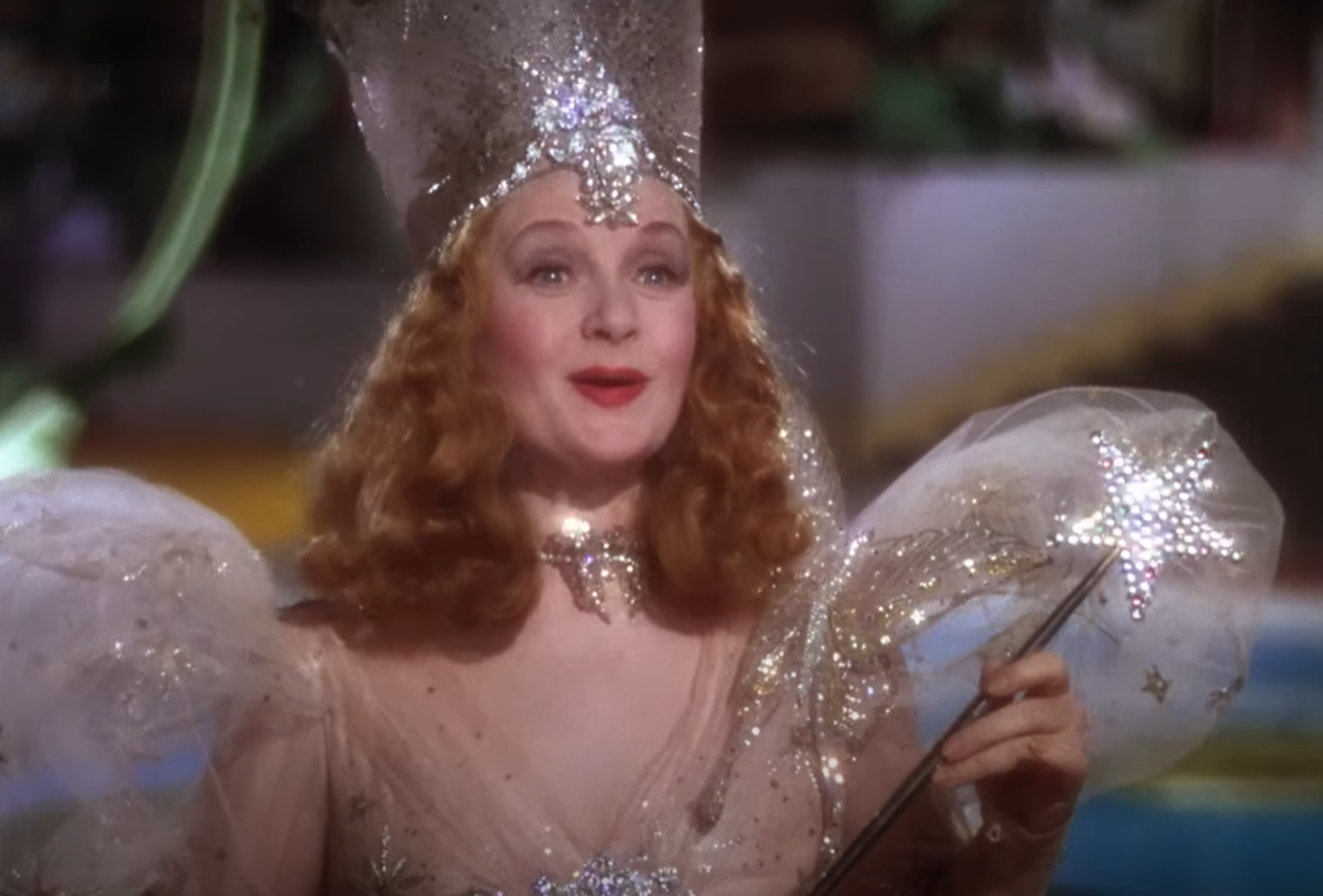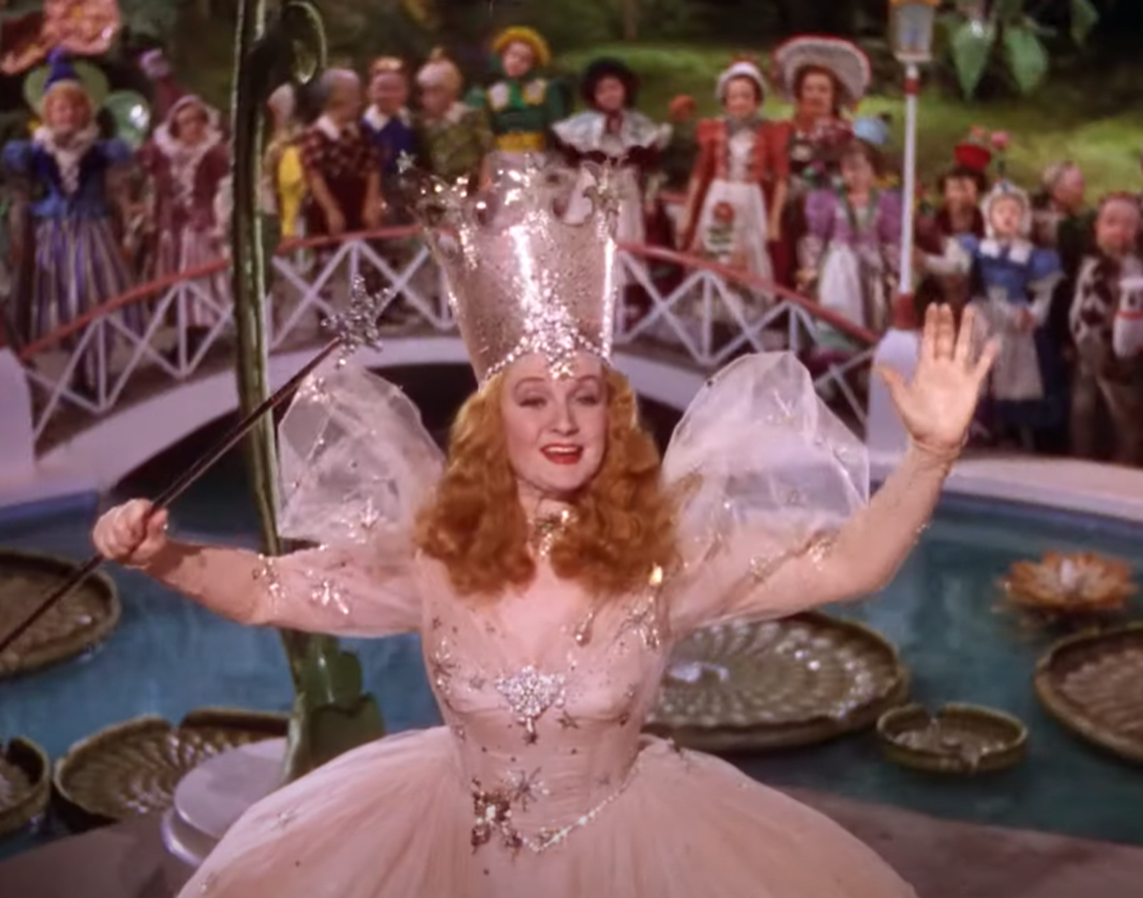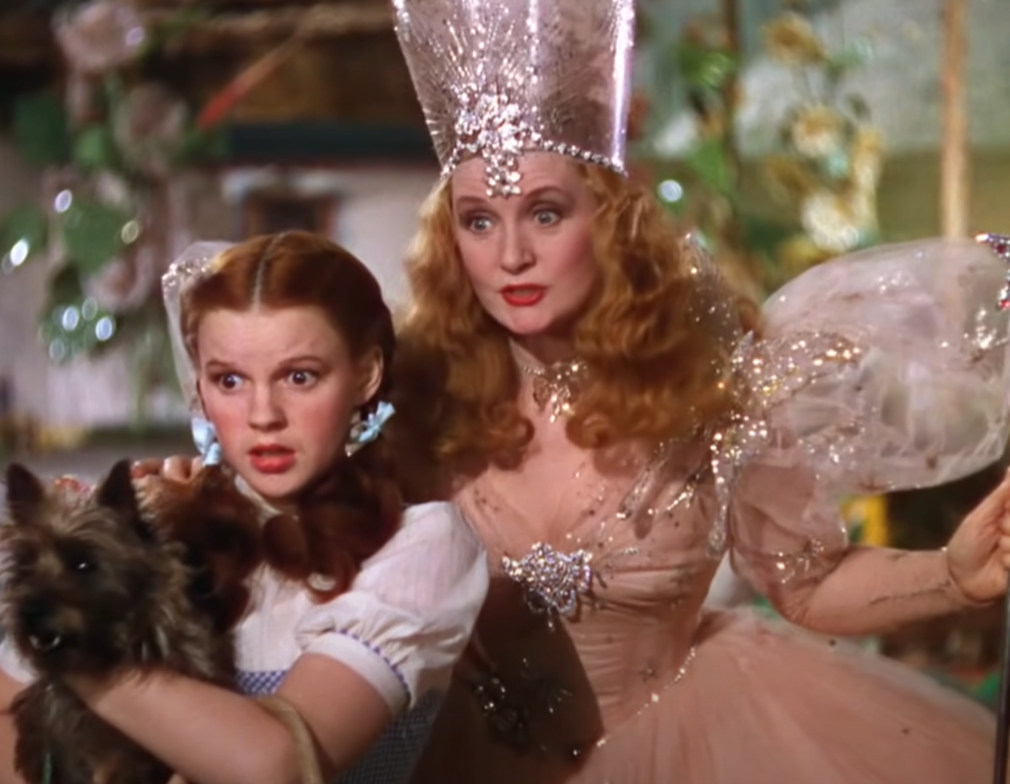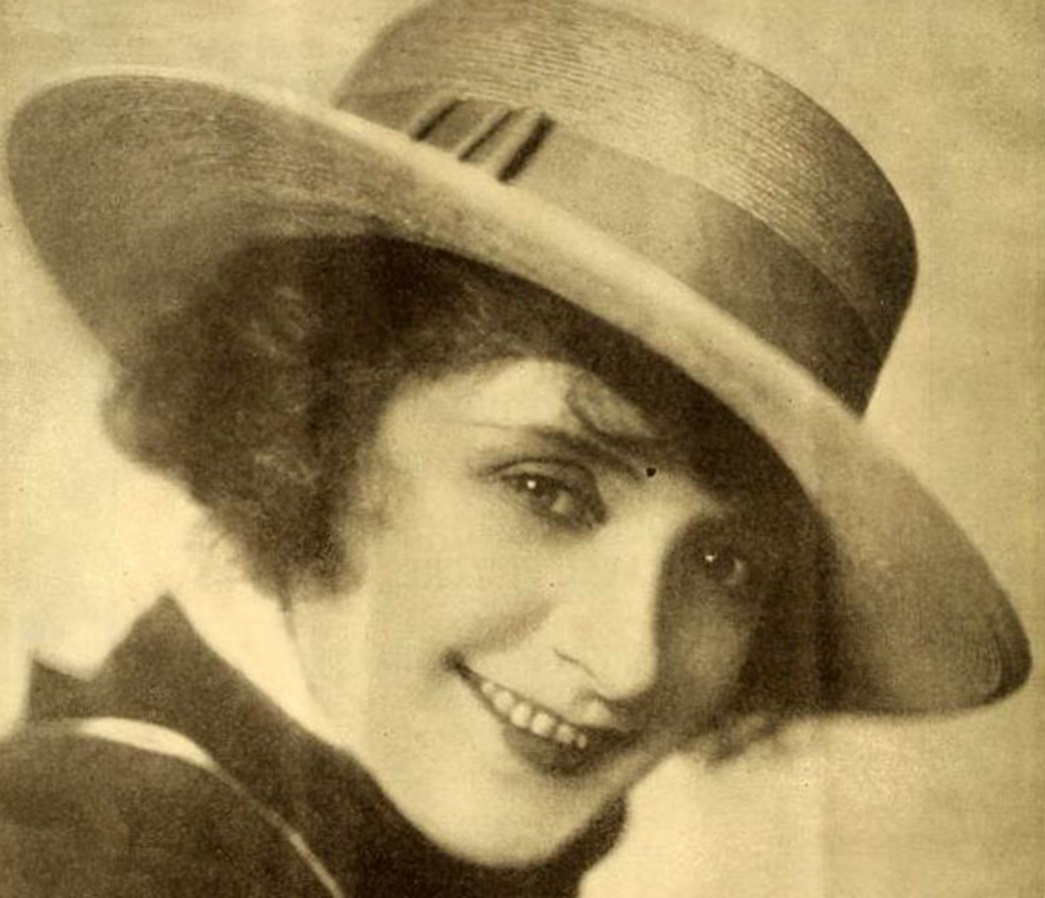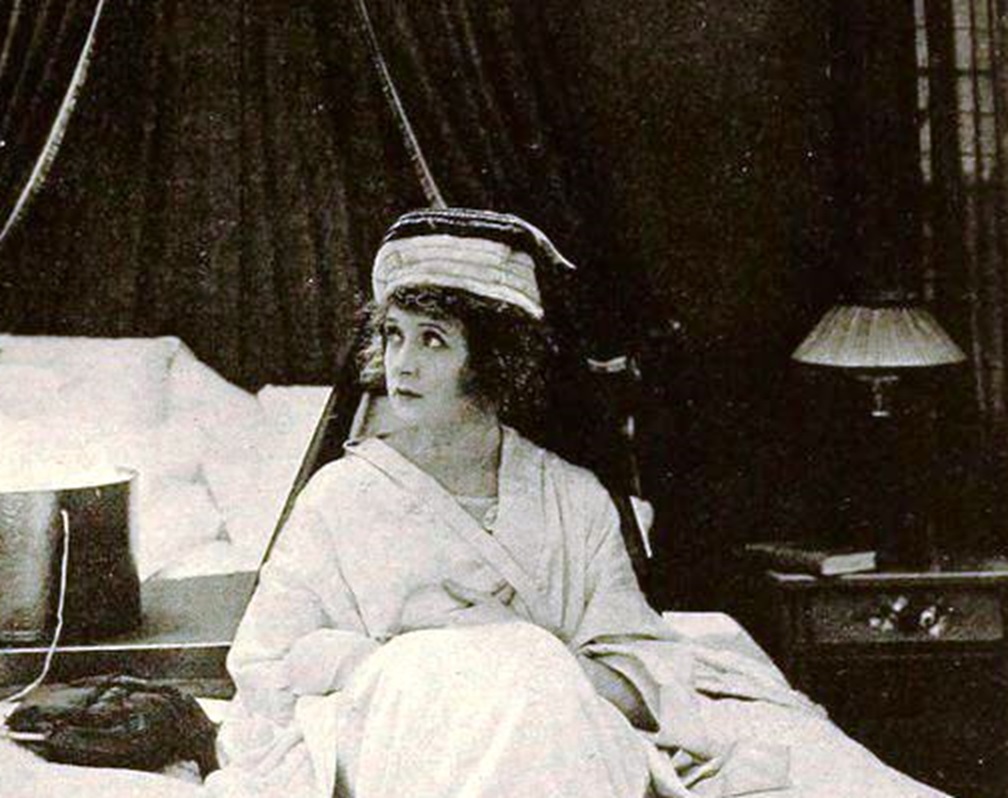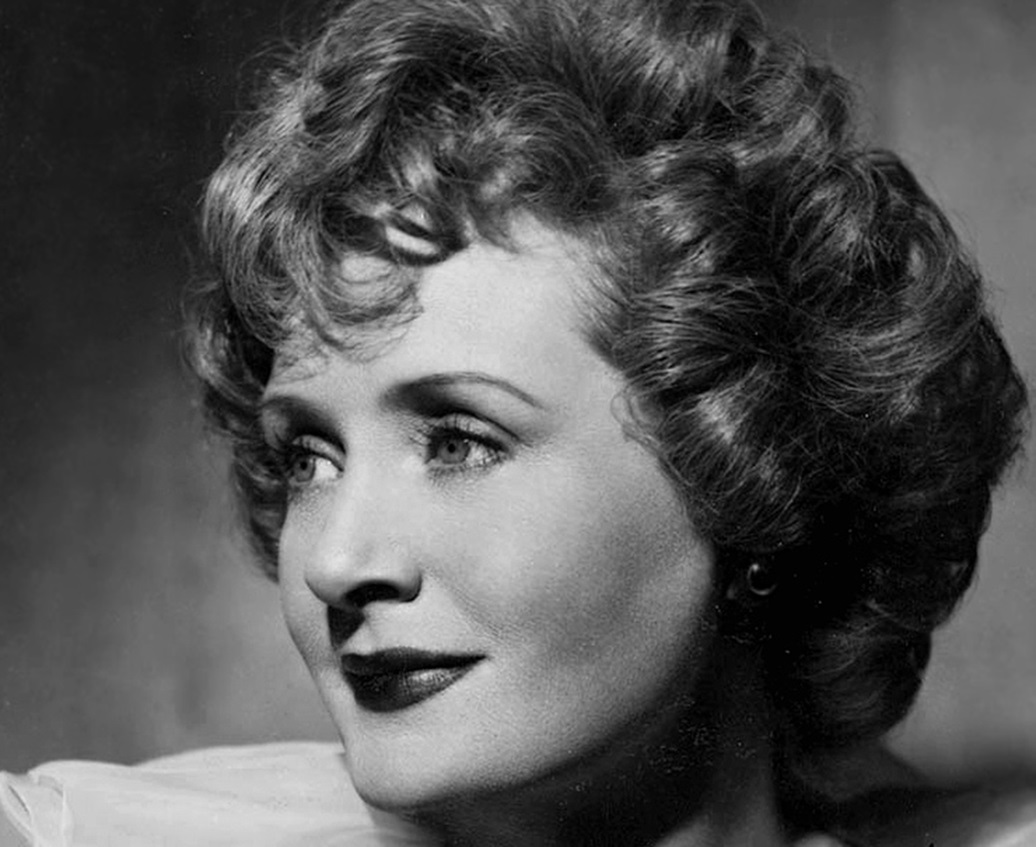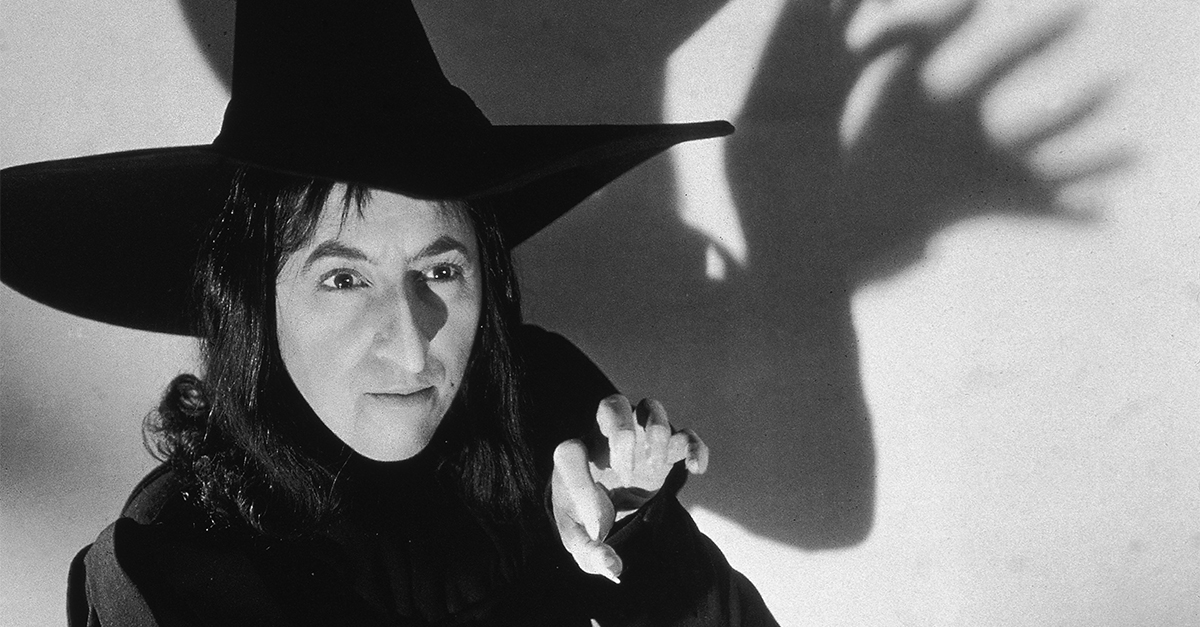Billie Burke was the legendary actress who portrayed Glinda the Good Witch of the North in The Wizard of Oz. Her real life was one of enchantment—and agony.
1. She Had An Agonizingly Enchanted Life
Cinephiles would remember Billie Burke for her portrayal of Glinda the Good Witch of the North in 1939’s iconic film, The Wizard of Oz. Funny enough, her real life was also full of enchantment, including a magical marriage, an Oz-like estate, and a successful career. But none of that is to say she didn’t face her fair share of agony.
2. She Made Her Debut—To Life!
The actress who would grace stages and screens from London to Hollywood and back was born a long way from the spotlight. Mary William Ethelbert Appleton Burke debuted on the stage of life on August 7, 1884, in Washington, DC. But even though she was born far from the spotlight, she had show business in her veins.
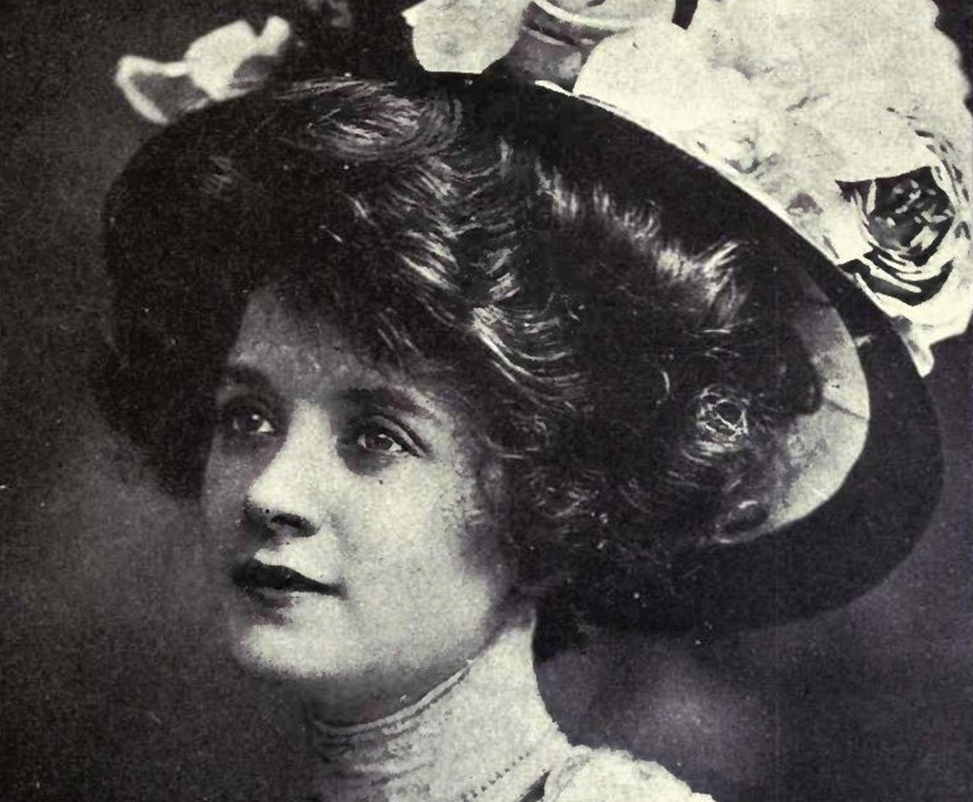 Sarony Mike Cline, Wikimedia Commons
Sarony Mike Cline, Wikimedia Commons
3. Her Childhood Was A Circus
Burke was practically born to be an entertainer. Her father, William “Billy” Burke, worked for Barnum & Bailey Circus as both a clown and singer. She spent her earliest years traveling all around the world with her showbiz father and picking up his passion for entertainment. It wouldn’t be long before she decided to follow in his (clown-shoe-size) footsteps.
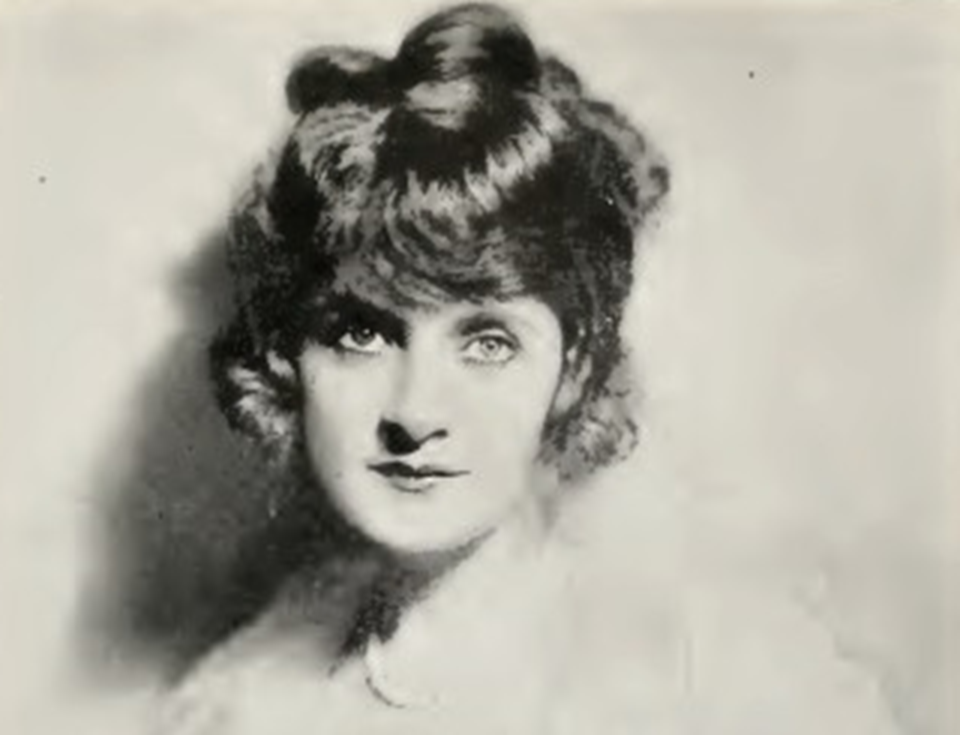 Unknown Author, Wikimedia Commons
Unknown Author, Wikimedia Commons
4. She Was Wild For The West End
Eventually, Burke’s father grew tired of the constant traveling and the family finally put down some roots in London. By then, however, she had spotlights in her eyes and couldn’t resist the lure of London’s West End theater scene. After spending countless hours watching plays, she finally made her own stage debut in 1903 in The School Girl.
But from the sounds of it, she was the one doing the schooling.
5. She Took Broadway By Storm
After a couple more hits on the West End with The Duchess of Dantzic and The Blue Moon, Burke set her sights on even brighter lights: Broadway. She arrived in New York and immediately took a big bite out of the Big Apple with leading roles in hit plays like Mrs Dot, Suzanne, and The Runaway. Funny enough, she was having runaway success.
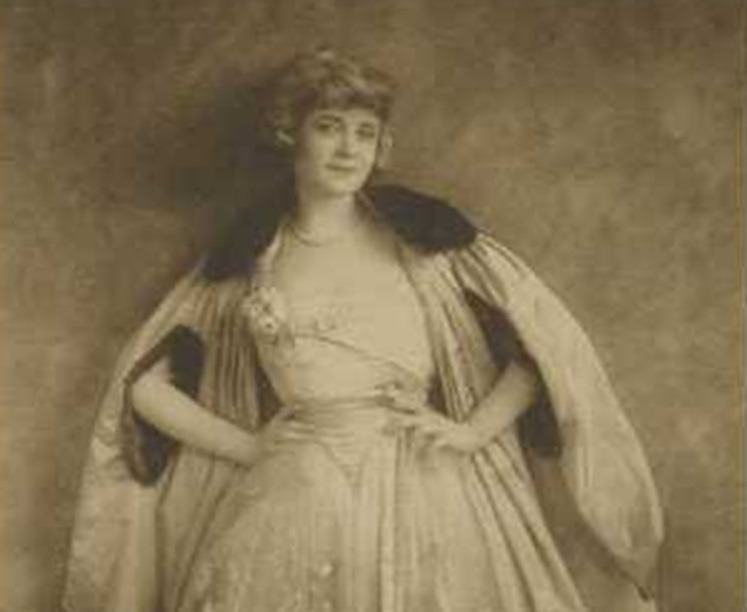 Unknown Author, Wikimedia Commons
Unknown Author, Wikimedia Commons
6. She Bought A Mansion
At the tender age of 24, Burke had already made a name for herself as one of the leading actresses on the stage. And she had the bank account to prove it. In 1910, she purchased the grand Kirkham estate in Hastings-on-Hudson, New York. Enamored by the enchanting property, she renamed the mansion on the estate to Burkeley Crest.
Now she just needed a family to fill it.
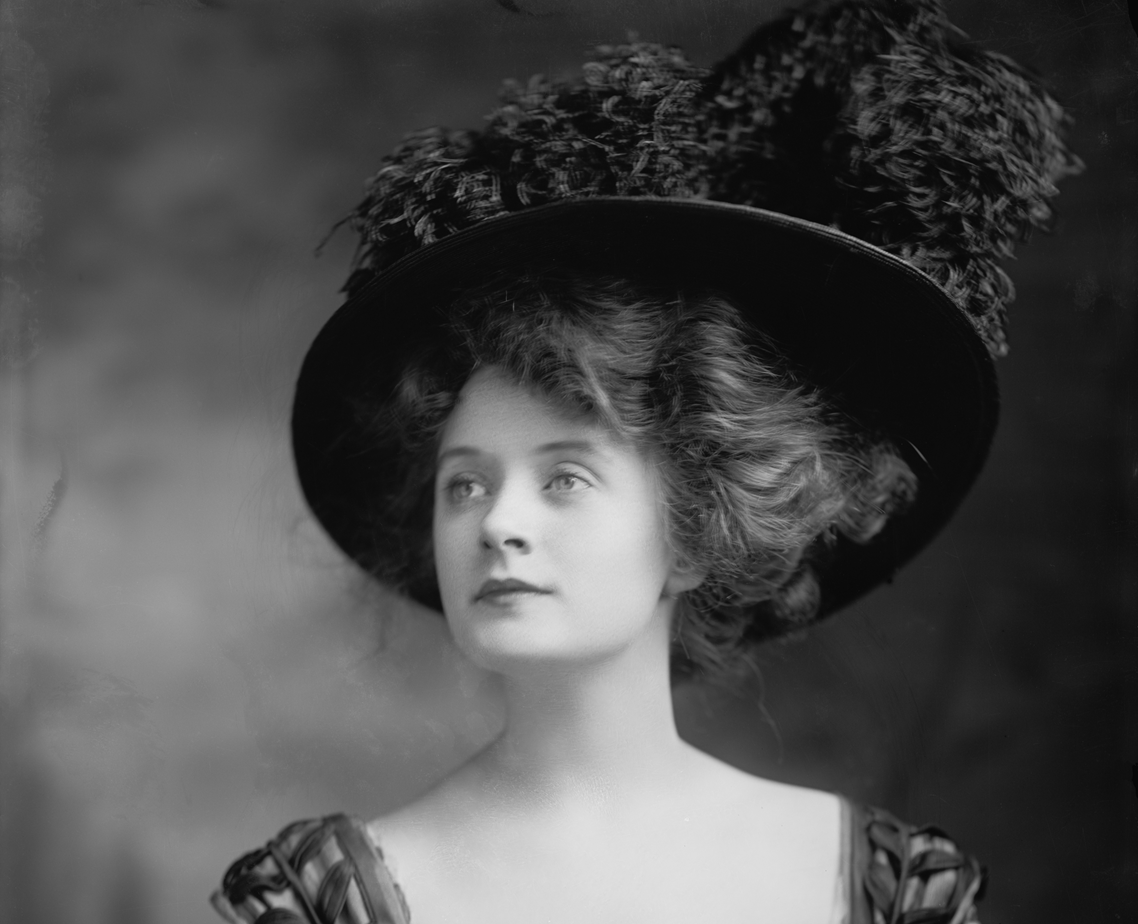 Library of Congress, Wikimedia Commons
Library of Congress, Wikimedia Commons
7. She Married A Legendary Impresario
While starring in a production of The Amazons, Burke caught the attention of the legendary impresario, Florenz Ziegfeld. But there was nothing that Ziegfeld could offer her that she didn’t already have—except for love. In 1914, the power couple became the toast of New York as they said their “I dos”. Just two short years later, they welcomed their only daughter, Patricia Ziegfeld, into the world.
But their storied romance almost never happened.
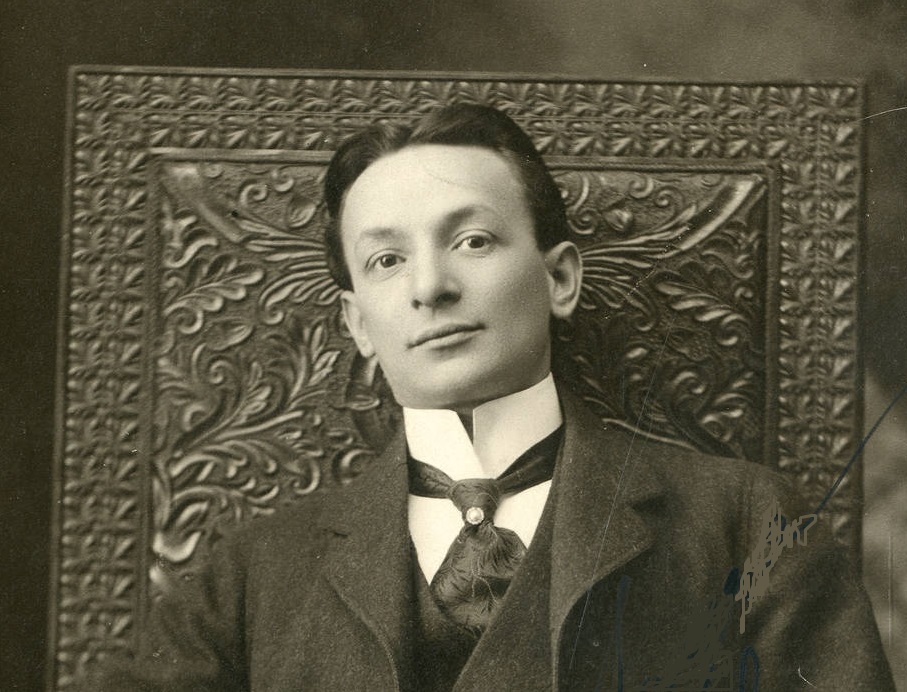 Baker's Art Gallery, Wikimedia Commons
Baker's Art Gallery, Wikimedia Commons
8. She Had Some Seriously Famous Admirers
With a booming career and all of the wealth in the world, Burke wasn’t exactly shy on suitors. In fact, before tying the knot with Ziegfeld, Burke had quite the roster of beaux. While she managed to fend off most of her admirers, the operatic legend Enrico Caruso, nearly sang his way into her heart. But only Ziegfeld saw her true potential.
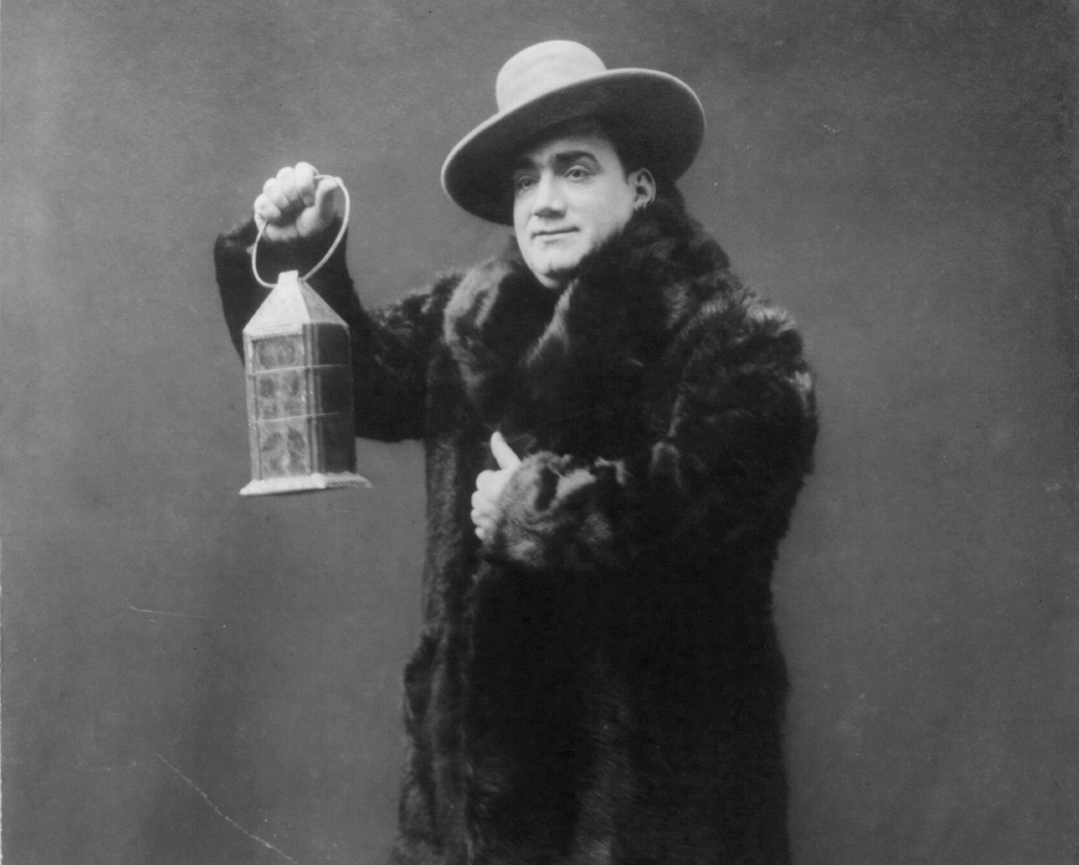 Unknown Author, Wikimedia Commons
Unknown Author, Wikimedia Commons
9. She Cashed In On Cinema
Up until 1914, Burke had restricted herself to the stages of London’s West End and New York’s Broadway. But, in 1915, her face would grace screens anywhere there was a projector as she made her cinematic debut in the silent film Peggy. Allegedly, the studio paid her a whopping $50,000 for the role. And she was worth every penny.
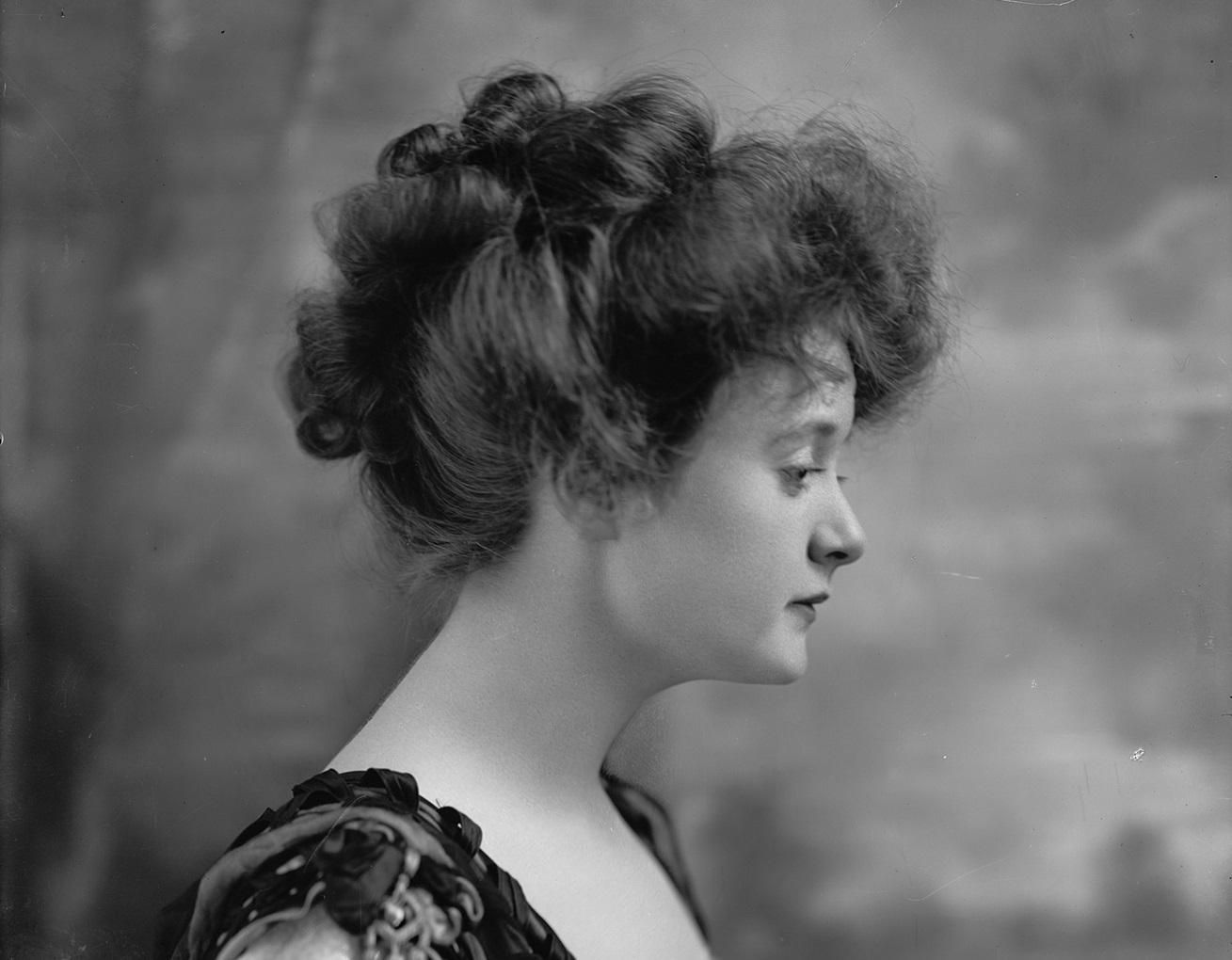 Harris & Ewing, Wikimedia Commons
Harris & Ewing, Wikimedia Commons

History's most fascinating stories and darkest secrets, delivered to your inbox daily.
10. She Was Hollywood’s Highest-Paid Actress
Burke’s transition from stage to film was a risky endeavor—but it turned out to be a resounding success. After just her first film, she quickly became one of Hollywood’s highest-paid actresses, if not the highest-paid actress in all of Tinseltown. Then her enchanted career really kicked into hyperdrive, catapulting her to center stage.
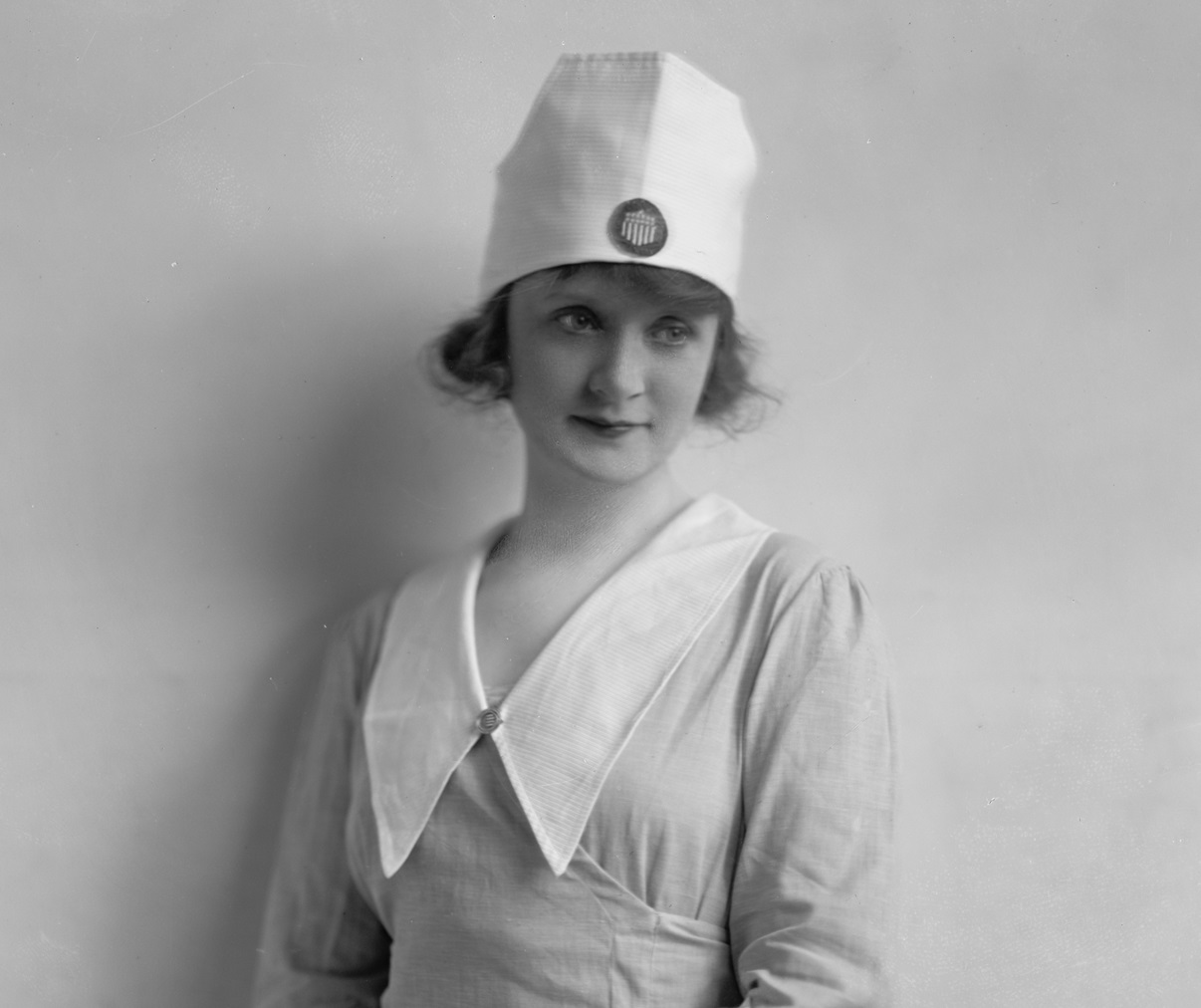 Harris & Ewing, Wikimedia Commons
Harris & Ewing, Wikimedia Commons
11. She Was A Silent Film Star
Following her film debut in 1915, Burke landed the lead role in one of the first film franchises in Hollywood history. Starring in the wildly popular 15-part silent serial Gloria’s Romance, her fame reached new heights. She immediately became an audience favorite, comparable to other greats, like Mary Pickford and Lillian Gish. But she may have had some help reaching the top.
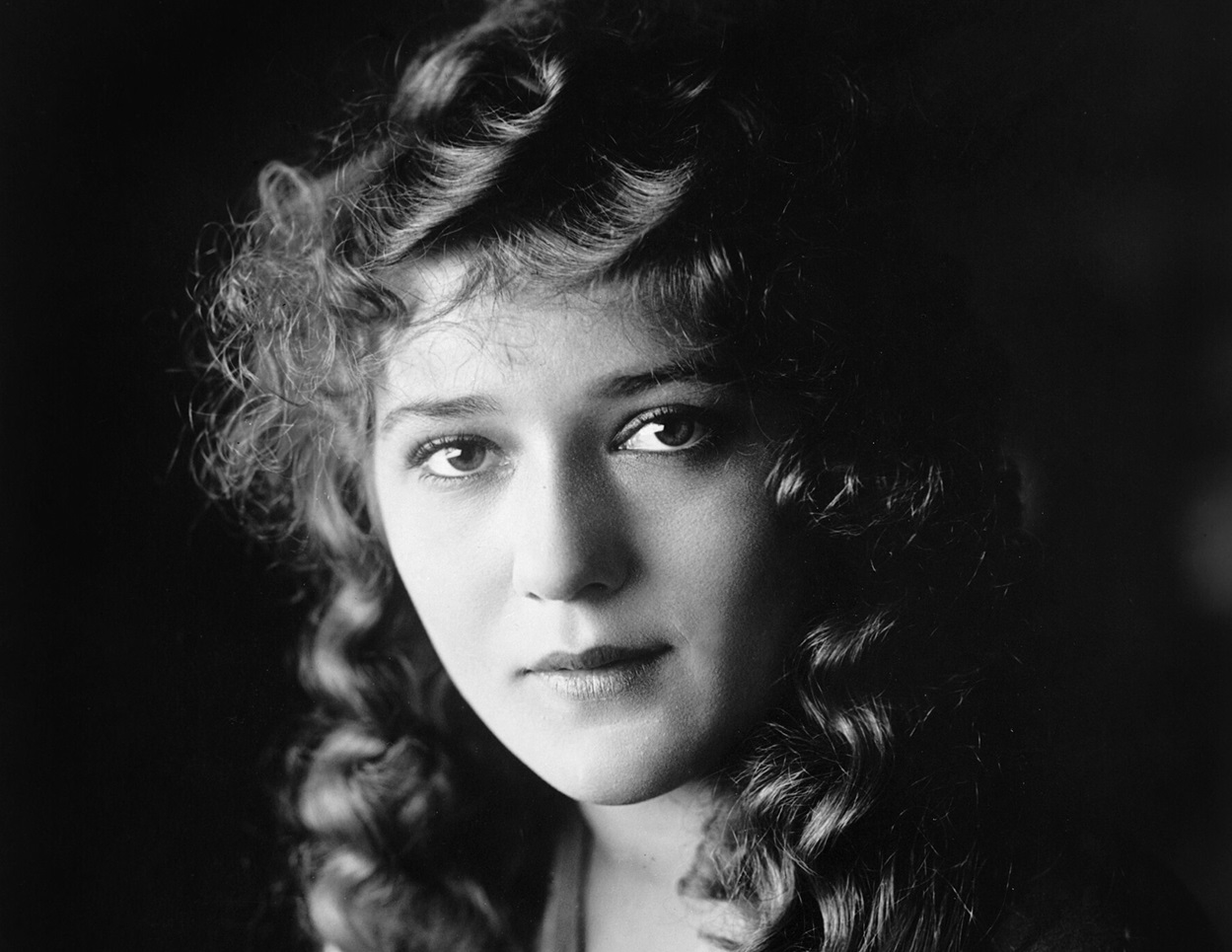 Rufus Porter Moody, Wikimedia Commons
Rufus Porter Moody, Wikimedia Commons
12. Her Husband Helped Her Out
Burke’s husband, Ziegfeld, might have played a role in her meteoric rise to film stardom. When Burke appeared in films for Adolph Zukor and Jesse Lasky, Ziegfeld ensured that the ads for the films contained the line “By Special Arrangement with Florenz Ziegfeld”. Nevertheless, there was no denying that Burke had the special “it” factor.
13. She Was A Fashion Icon
While Burke had serious acting chops, her girlish charm and impeccable fashion sense earned just as many plaudits and fans. Burke always appeared on screen, and in person, draped in stunning gowns, furs, and the finest jewelry. In fact, her trendsetting threads had department stores across the country scrambling to keep up.
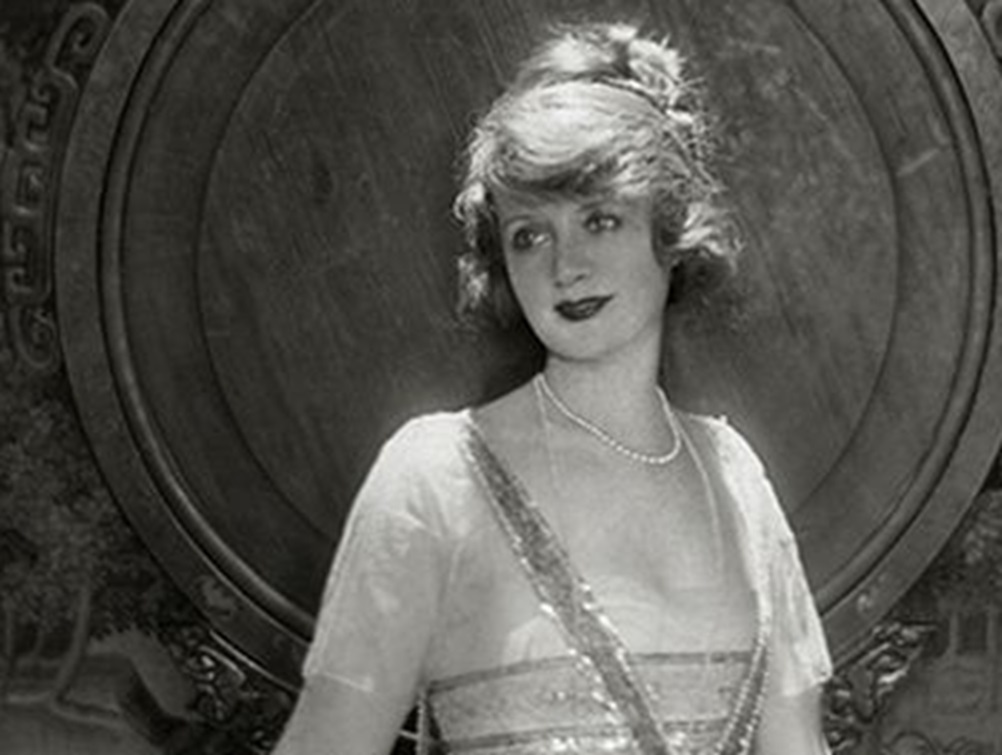 Baron Adolf De Meyer, Wikimedia Commons
Baron Adolf De Meyer, Wikimedia Commons
14. She Sparked Fashion Trends
Burke’s effortless style and grace drove moviegoers from their seats directly to department stores. After her groundbreaking performance in the 1909 film My Wife, the “Billie Burke Dress”—a charming piece with a lace trim and flat collar—became a fashion sensation. Fans even wanted to look like Burke when crawling into bed.
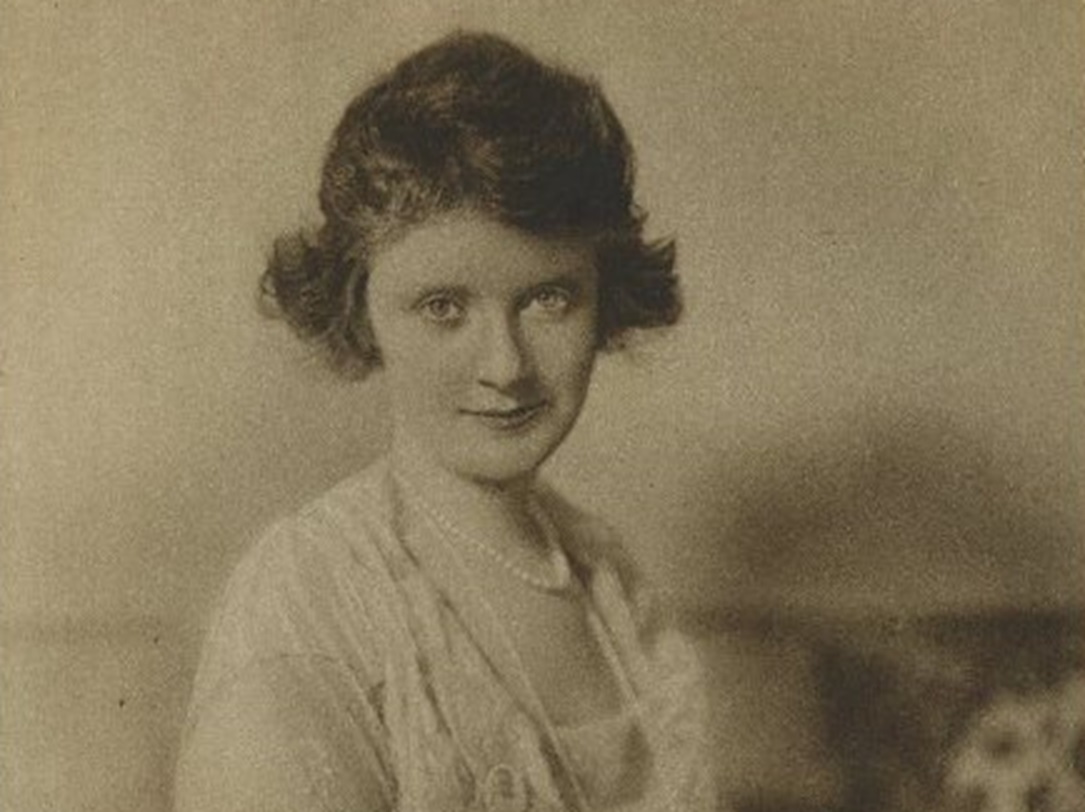 Motion Picture Magazine, Wikimedia Commons
Motion Picture Magazine, Wikimedia Commons
15. Her Pajamas Were Famous
Burke’s trendsetting powers extended far beyond casual dresses. After starring in her film series Gloria’s Romance in 1916, even the pajamas she wore on-screen became all the rage. Fans started referring to the one-piece outfit, complete with ruffles around the ankles, as “Billie Burke Pajamas”. But it would cost a fortune to dress like her.
16. Her Wardrobe Was Worth A Fortune
There’s a reason that Burke’s outfits always looked so good: money! According to advertisements for the film Gloria’s Romance, Burke’s wardrobe cost an astounding $40,000. Some of the outfits that she wore in the film were, reportedly, her own, so no one could accuse her of being inauthentic. In fact, her films mirrored her real life.
 Film screenshot, Wikimedia Commons
Film screenshot, Wikimedia Commons
17. She Filmed At Her Own Mansion
Burke threw everything she had into the films she made. Not only did she wear some of her own fashionable threads, but her famous palatial home in Hastings-on-Hudson in New York, Burkeley Crest, served as the backdrop for a key filming location for Gloria’s Romance. But she couldn’t claim full responsibility for her impeccable taste.
18. She Had Designer Help
When it came to high fashion, Burke had a secret ace up her lace sleeve: Lucile, AKA Lady Duff Gordon. One of the most famous couturiers of the time, Lucile supplied Burke’s wardrobe—both for her personal life and work life. Her designs made Burke one of the most stylish stars of the 1910s and 20s, dazzling audiences on both sides of the Atlantic.
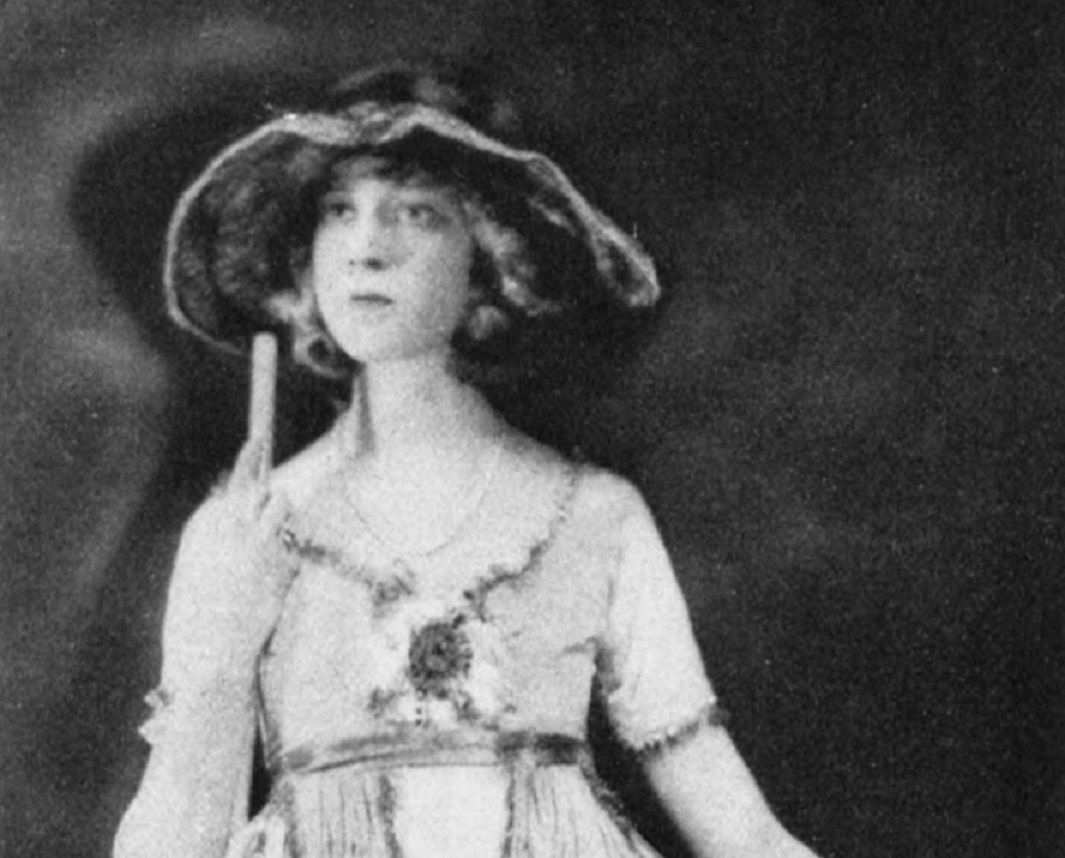 Alfred Cheney Johnston, Wikimedia Commons
Alfred Cheney Johnston, Wikimedia Commons
19. She Was Carefree
Burke was well aware of the influence she wielded in the fashion world, outside of acting. Reflecting on her rise to fame, she described herself as “a new kind of actress, carefree, and red-headed, and I had beautiful clothes”. While she wasn’t exactly modest, she never lost sight of her humble roots on the stage.
20. She Couldn’t Stay Away From The Stage
Though Burke found enormous success in Hollywood, her first love was always the stage. After conquering the silent film world, she made a triumphant return to theater, starring in hit plays like Caesar’s Wife (1919), The Intimate Strangers (1921), The Marquise (1927), and The Happy Husband (1928). But there was another, more personal, reason for her return to the stage.
21. She Made A Shocking Announcement
By 1919, Burke hadn’t just returned to the stage; she had left cinema altogether. Given that she had been at the top of her game, the move shocked her adoring fans and left her producers baffled. But she had a good reason. She had retired from screen acting to focus on raising her daughter and putting the finishing touches on Burkeley Crest.
And they were quite the finishing touches.
22. Her Home Was Like A Movie Set
Burke and Ziegfeld’s estate, Burkeley Crest, wasn’t just a mansion—it was an opulent wonderland that would have fit perfectly into the Land of Oz. The couple filled their home with Italian and English antiques, Chinese hangings, and even a decked-out projection room where they could screen films.
As if that wasn’t enough, they built a playhouse for their daughter—but this wasn't just any playouse. It was a mini recreation George Washington’s Mount Vernon. Suffice to say, it took a small army to keep the place running.
23. She Had Tons of Servants
Burke might have retired from Hollywood, but she was still living like cinematic royalty. Burke and Ziegfeld employed 17 servants to cater to their every need at Burkeley Crest. They also had a small zoo filled with deer, parrots, geese, pheasants, ponies, and even buffalo! But her enchanted life was about to take an agonizing turn.
24. She Crashed During The Crash
During the Wall Street Crash of 1929, Burke and Ziegfeld lost everything. Their once-vast fortune was reduced to nothing in an instant and Burked and her husband had to make a drastic move. Against her will, but left without any choice, Burke packed up her bags and returned to the only place she knew she could make money: Hollywood.
25. She Made A Triumphant Return
Burke’s early retirement did little to darken her star. Immediately, the studio paired her up with their rising star, Katharine Hepburn, in her big-screen debut. Burke portrayed Hepburn’s mother in the 1932 film A Bill of Divorcement, directed by the legendary George Cukor. But her comeback came at a deeply crushing personal cost.
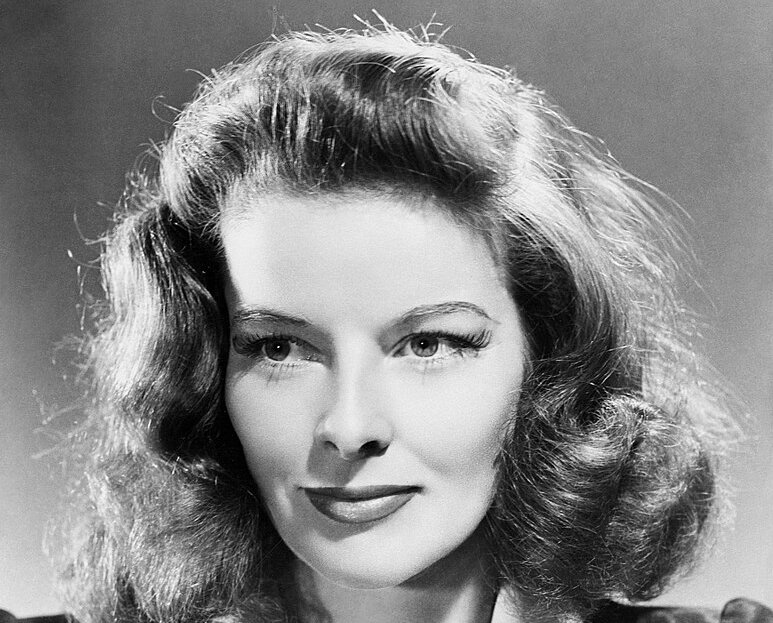 Metro-Goldwyn-Mayer Studios, Wikimedia Commons
Metro-Goldwyn-Mayer Studios, Wikimedia Commons
26. She Suffered Another Loss
As if losing her fortune and navigating a Hollywood comeback wasn’t hard enough, Burke faced another unimaginable tragedy. While filming A Bill of Divorcement, her beloved husband, Florenz Ziegfeld, passed on from complications arising from a lung infection. But, instead of leaving her with a life of memories, he left her with a pile of debt.
27. She Powered Through Her Grief
Despite her heartbreak, Burke demonstrated incredible strength and professionalism. Probably because she had to. Ziegfeld’s passing left her with massive debts and no choice but to work to pay them off. Just days after her late husband’s funeral, she returned to the set of A Bill of Divorcement and resumed filming until the end.
It practically wasn’t worth it.
28. She Wasn’t Making Money Like Before
A Bill of Divorcement revitalized Burke’s career—but not her bank balance. Much to her chagrin, Burke was no longer the top-paid actress in Tinseltown. While she earned a paltry $1,500 per week for four weeks of work, her male co-star, John Barrymore, netted $50,000, plus a sweet cut of the box office. If anything, however, it only motivated her to work harder.
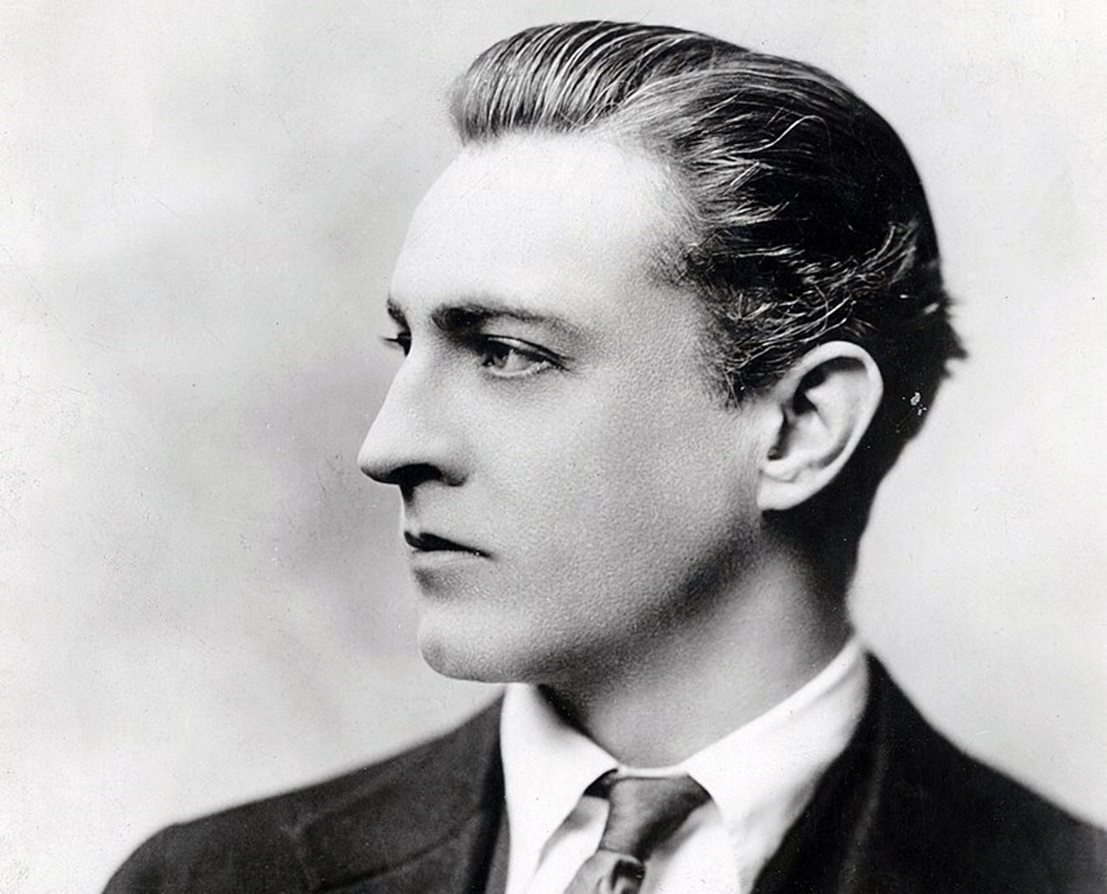 University of Washington, Wikimedia Commons
University of Washington, Wikimedia Commons
29. She Starred In A Classic Comedy
Following her successful return to the big screen, Burke hit the jackpot with yet another George Cukor-directed film. Burke starred in the 1933 classic, Dinner at Eight, as Millicent Jordan, an aristocratic woman throwing a dinner party. Her “ditzy, feather-brained upper-class matron” character became an audience favorite, cementing her comeback.
30. She Found Her Niche
With Dinner at Eight, Burke’s career took a delightful turn back to one of enchantment. She became typecast as an erratic elite woman, delivering lighthearted comedy to Depression Era audiences. Nevertheless, she still reminisced about the good times—even if it caused her pain.
31. Her Husband’s Life Became A Movie
In 1936, MGM embarked on a massive project that would take Burke down memory lane. The studio wanted to make a biopic about Burke’s late husband, Florenz Ziegfeld, titled The Great Ziegfeld. While the film would go on to become a massive success, netting two Academy Awards, the jaunt down memory lane was hard for Burke.
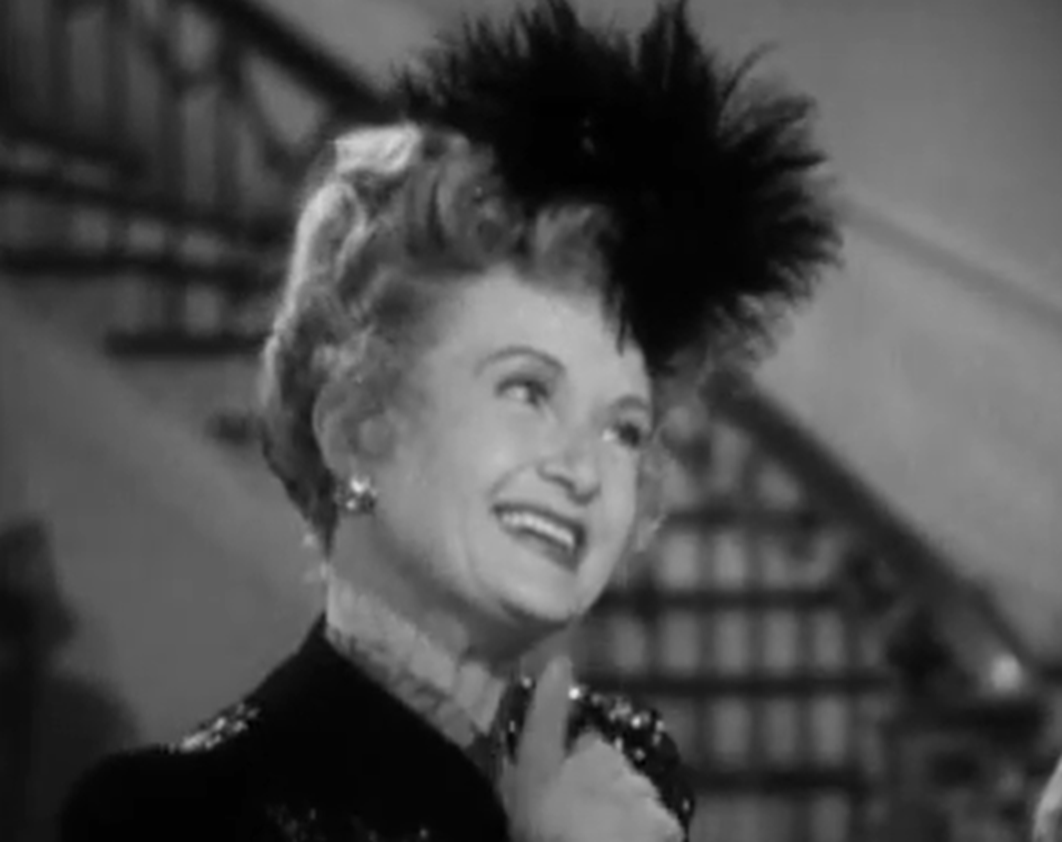 RKO, Gildersleeve on Broadway (1943)
RKO, Gildersleeve on Broadway (1943)
32. She Wanted To Play Herself
While The Great Ziegfeld may have won awards, it caused some serious conflict between Burke and the studio. MGM cast Myrna Loy to play Burke’s character in the film, angering the very much still-alive Burke who felt she could have taken on the role herself. The studio, however, deemed her “too old".
What she did next, however, shocked the studio.
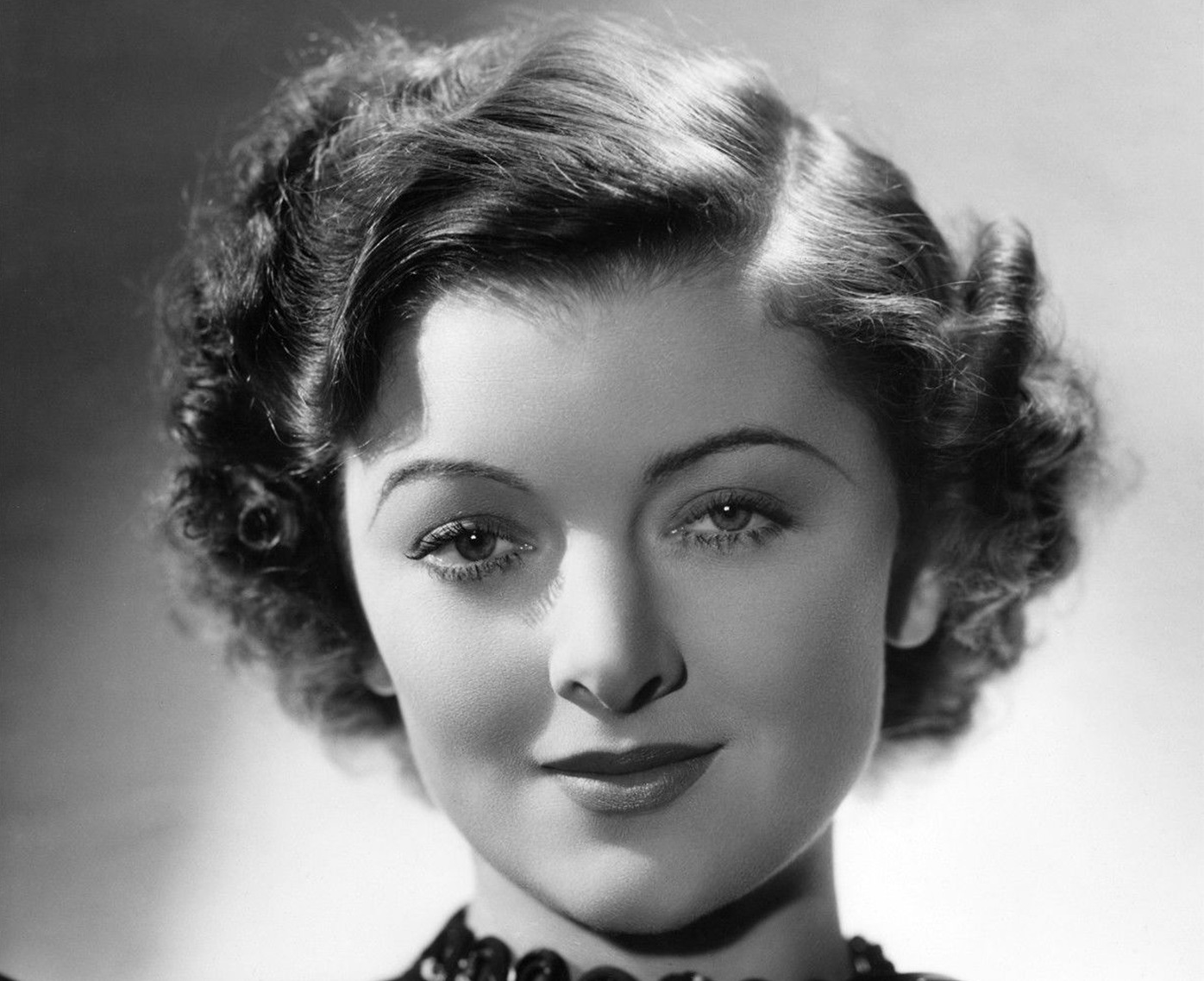 George Hurrell, Wikimedia Commons
George Hurrell, Wikimedia Commons
33. She Didn’t Hold Grudges
Burke could have held a grudge against MGM for the rest of her life given their treatment of her. However, in a true testament to her professionalism, she paid a visit to the set and met with Myrna Loy, the actress playing her in her husband’s biopic. In fact, she had far more input into that film than anyone realized.
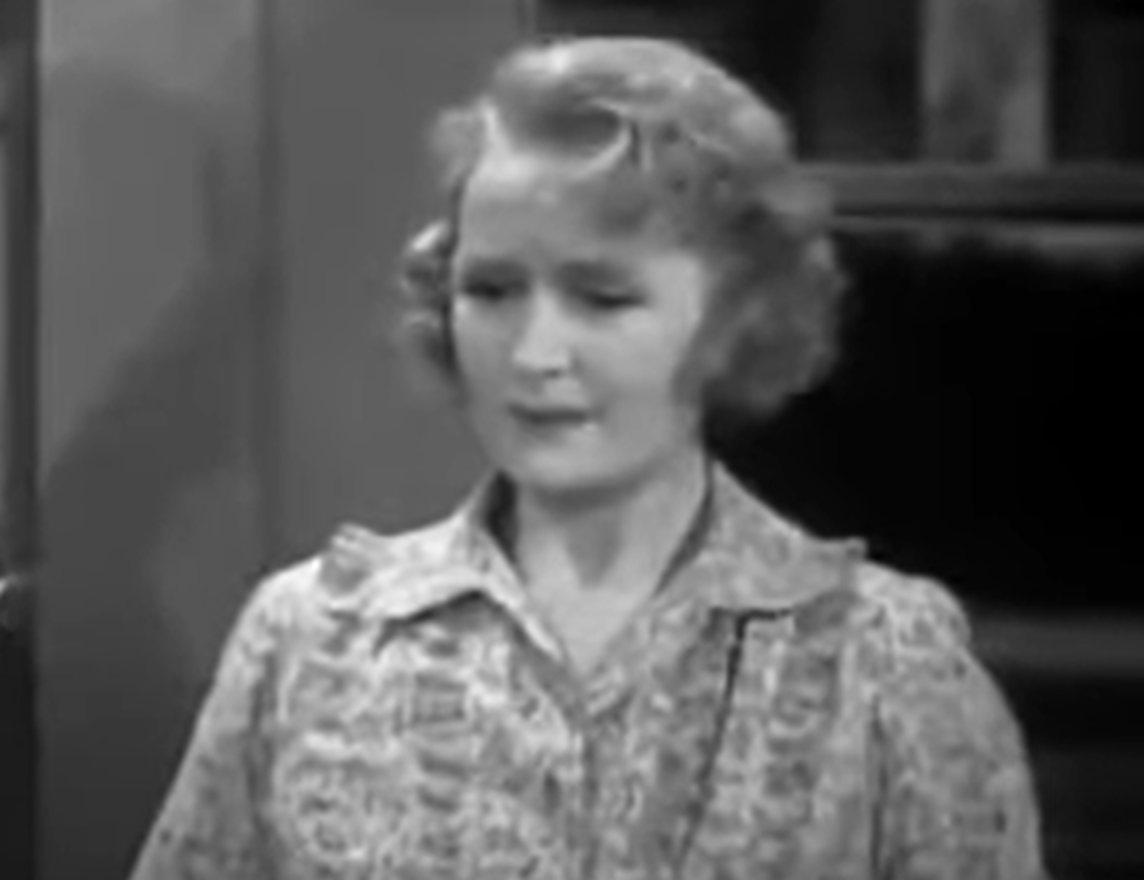 MGM, The Ghost Comes Home (1940)
MGM, The Ghost Comes Home (1940)
34. She Hid Her Husband’s Secrets
Even though Burke didn’t star in The Great Ziegfeld, she made sure to keep a close eye on the production. She worked tirelessly to ensure that the film’s writers and producers didn’t drag her husband’s upstanding reputation through the mud. She kept a watchful eye on screenwriter William Anthony McGuire, making sure he minimized her husband’s infidelities as much as possible.
She was also good at hiding her own imperfections.
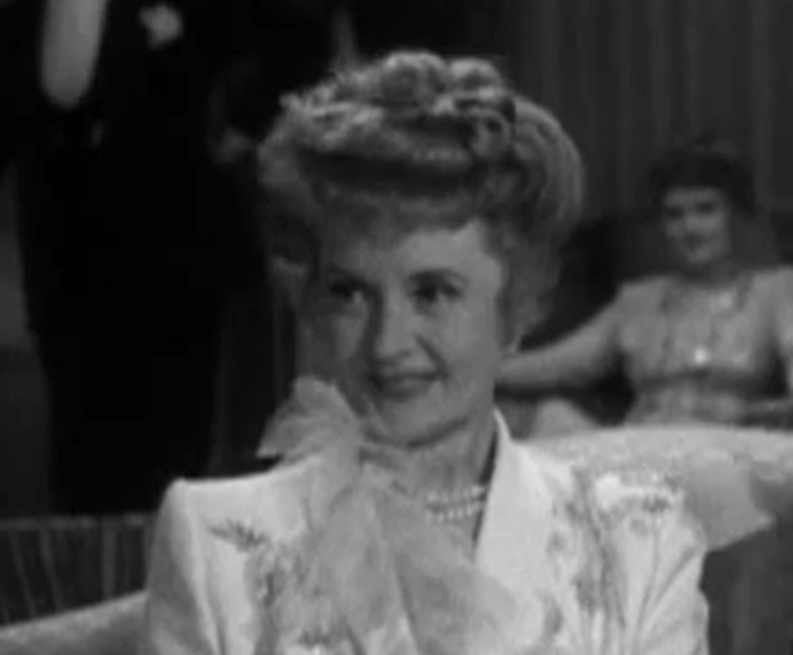 RKO, Gildersleeve on Broadway (1943)
RKO, Gildersleeve on Broadway (1943)
35. She Filmed From A Wheelchair
While filming the movie Bridal Suite, Burke had an unfortunate accident. A journalist reported that Burke broke her ankle in an undisclosed accident. Rather than delay production, however, Burke finished the film from a wheelchair, with a stand-in stepping in for scenes that required standing or walking. Her dedication did not go unnoticed.
36. She Finally Got The Nod
In 1938, Burke appeared in the highly-reviewed film, Merrily We Live. For her performance as Emily Kilbourne in the Norman Z McLeod-directed comedy, Burke finally got something that had eluded her: an Oscar nomination. While she missed out on the golden statuette, Burke thought that her career had finally peaked. But the biggest role of her career was still ahead.
37. She Was The Good Witch
Burke followed up her Oscar nomination with an even more iconic performance: Glinda the Good Witch of the North in The Wizard of Oz. But the role that defined her career was almost never hers. Burke beat out Fanny Brice for the role, nabbing the opportunity to play one of the most memorable characters in one of Hollywood’s most iconic films.
Still, people tried to quiet her voice.
38. She Did Her Own Singing
For years, audiences believed that Burke’s singing voice in The Wizard of Oz had been dubbed by Lorraine Bridges. It’s not clear exactly where the rumors started, but Burke was only too happy to have them end with her. Burke brought her Broadway and West End experience to bear on the role of Glinda, singing all of the witch’s songs herself.
39. She Loved The Wizard of Oz
Throughout her career, Burke starred in dozens upon dozens of films. But one of them held a special place in her heart. Out of all the films in her extensive career, much like her adoring fans, The Wizard of Oz remained Burke’s personal favorite. And on that high note, she decided that it was time again to branch out from the cinema.
40. She Had Her Own Radio Show
Having conquered the stage and the screen, Burke took her talents to the latest medium: the airwaves. From 1943 to 1946, she starred in The Billie Burke Show on CBS Radio, where she brought her featherbrained but lovable stock character to new audiences. The show aired throughout the tumult of WWII, bringing laughs to millions.
And she wasn’t done yet.
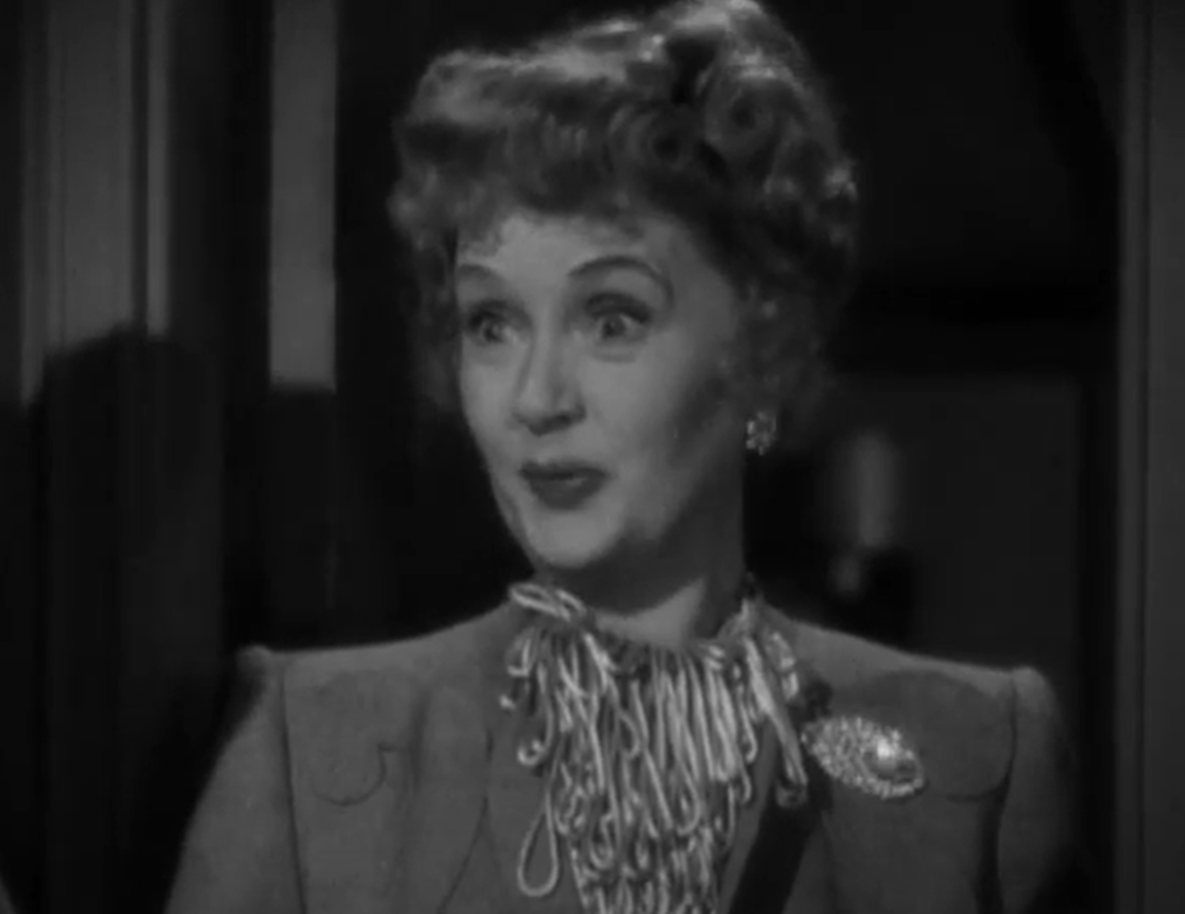 RKO, Gildersleeve on Broadway (1943)
RKO, Gildersleeve on Broadway (1943)
41. She Conquered Television
Burke had started her acting career in the days when British thespians ruled the stage. She successfully made the transition to Broadway then to silent film and then on to technicolor musicals. But there was still one medium she hadn’t conquered yet: television. That is, until the 1950s when she appeared on early TV shows like Doc Corkle, and Playhouse 90.
 RKO, Gildersleeve on Broadway (1943)
RKO, Gildersleeve on Broadway (1943)
42. She Was A Talk Show Pioneer
Simply guest starring on TV wasn’t enough for Burke. In 1951, she paved the way for the likes of Oprah and Ellen when she became one of the first female talk show hosts with her own show, At Home with Billie Burke. But, no matter how much success she had on the screen, big or small, her heart always belonged to the theater.
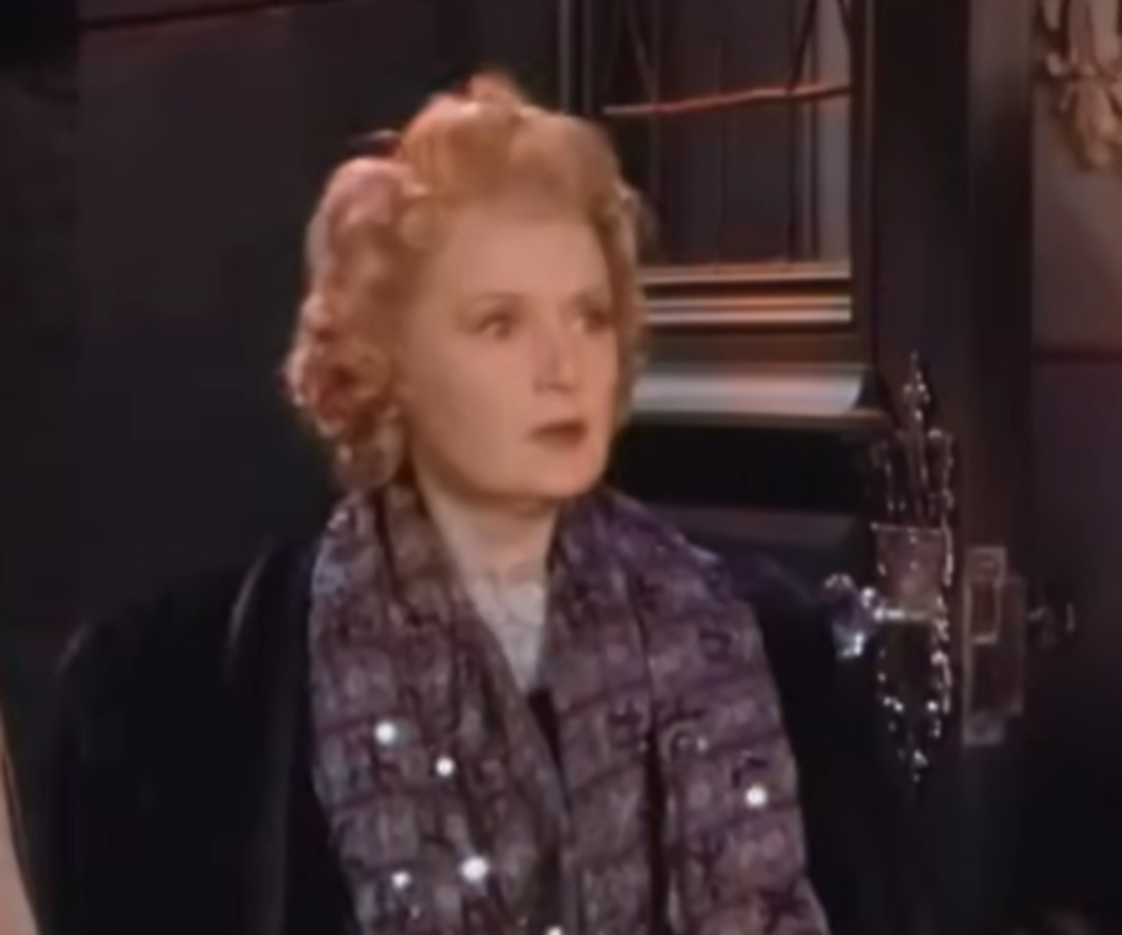 Hal Roach Studios, Topper Returns (1941)
Hal Roach Studios, Topper Returns (1941)
43. She Tried To Make A Comeback
Even late in her career, after her Oscar nomination and iconic The Wizard of Oz performance, Burke still had a passion for the stage. In the 1950s, she starred in two plays, This Rock, and Mrs January and Mr X—but it was not the same as before. While critics lauded Burke’s performance, they panned the plays, proving that something had changed in the world of acting.
Sadly, something had changed with Burke as well.
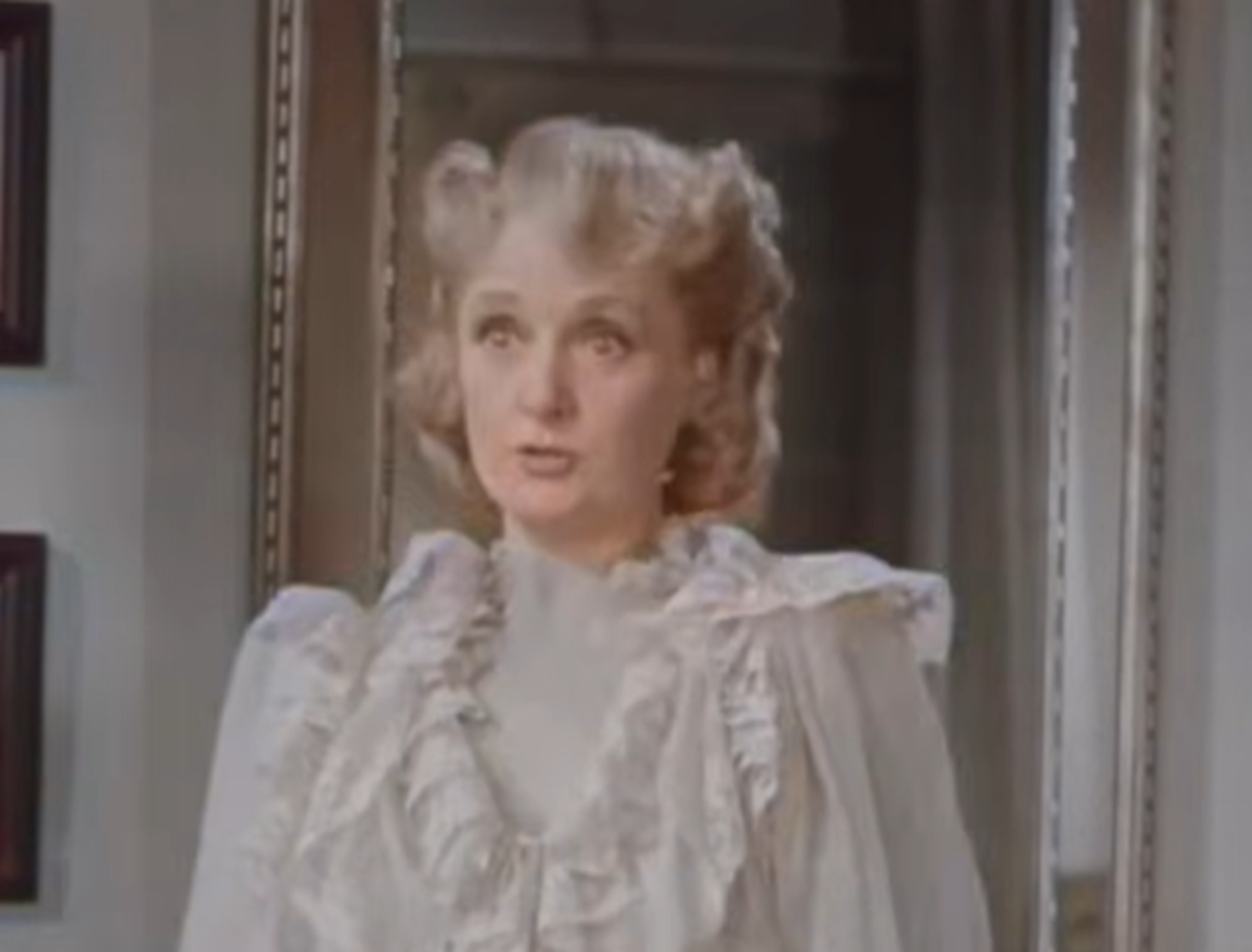 Hal Roach Studios, Topper Returns (1941)
Hal Roach Studios, Topper Returns (1941)
44. She Struggled With Her Lines
In her later years, Burke performed in several plays in California, hoping that the West Coast theater scene would have better plays than Broadway. However, her age was finally catching up with her and she started having difficulty remembering her lines. It was an ominous turn of events in what had otherwise been an enchanting career.
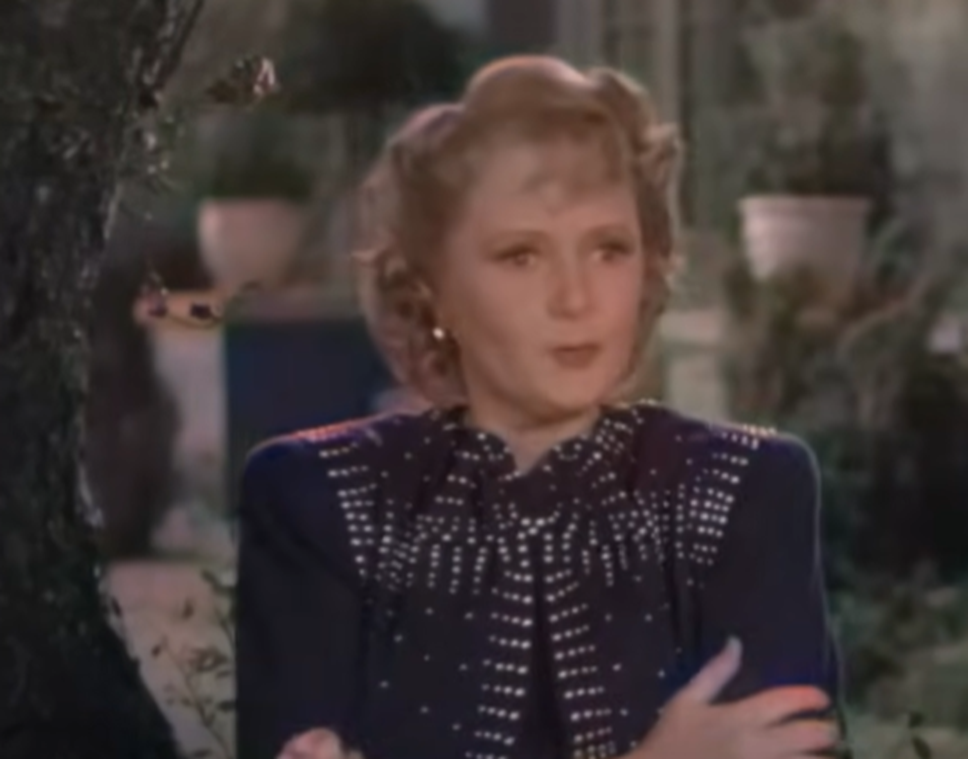 Hal Roach Studios, Topper Returns (1941)
Hal Roach Studios, Topper Returns (1941)
45. She Wasn’t Having Fun Anymore
In the late 1950s, Burke did the unthinkable and retired from acting (for a second time). Though her fading memory played a large part in her decision, she didn’t want her fans to worry about her. Instead, she simply explained, “Acting just wasn’t any fun anymore,” and made her exit from the stage for good. But there was still one opportunity for her to say goodbye.
 J. Willis Sayre Collection , Picryl
J. Willis Sayre Collection , Picryl
46. She Made A Final Appearance
Burke’s long career had started in 1903 in London’s West End and carried her all the way to Hollywood. But, in 1960, her storied career had its final act when, at the age of 76, she starred in Sergeant Rutledge, a Western directed by John Ford. It was a small role, but it marked the final chapter of a career that had spanned over five decades.
47. She Had A Cheesy Lease On Life
Even as she aged, Burke kept her sense of humor—even if her memory failed. Famously, she once quipped, “Age is something that doesn’t matter, unless you are a cheese”. It was a fitting motto for the eternally enchanted optimist who had seen both the highs and lows of life and still managed to keep smiling. There was just one slice of life left for her.
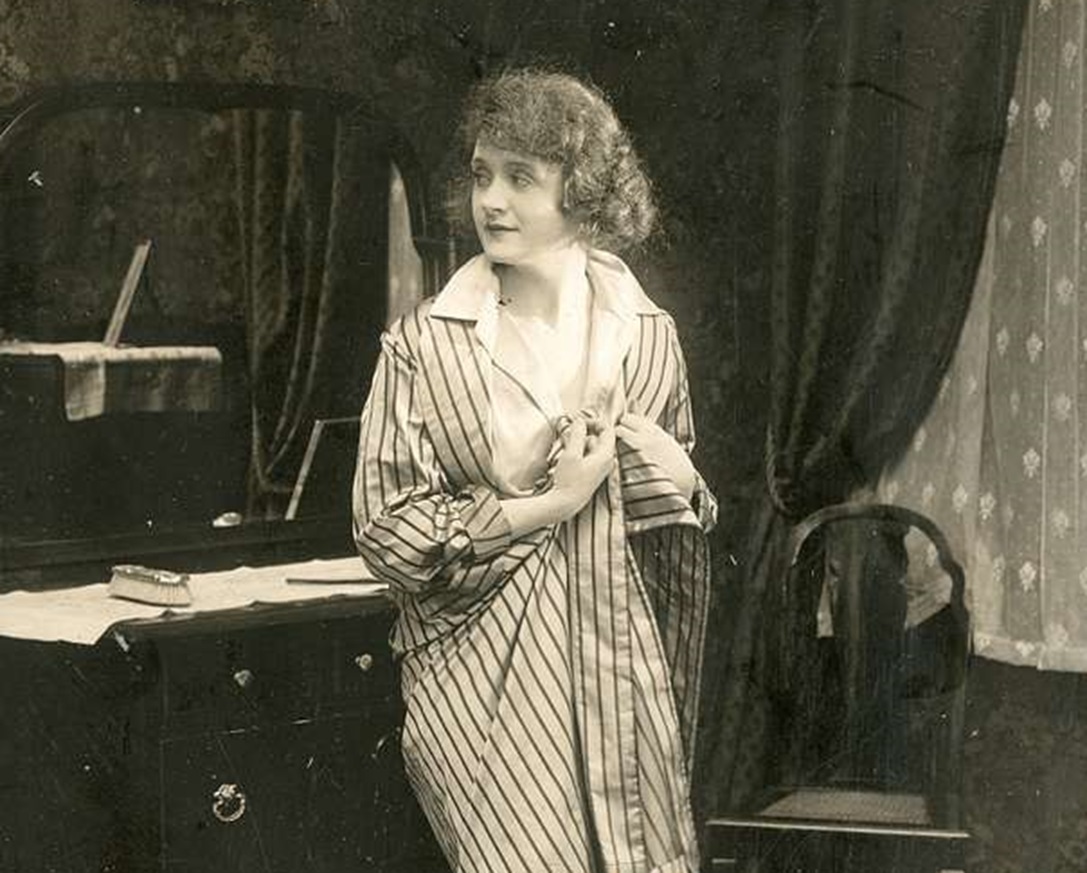 J. Willis Sayre Collection, Picryl
J. Willis Sayre Collection, Picryl
48. She Was Laid To Rest Beside Ziegfeld
On May 14, 1970, at the age of 85, Burke took her final bow. She passed of natural causes in Los Angeles and was laid to rest beside her beloved husband Florenz Ziegfeld at Kensico Cemetery in Valhalla, New York. For such a storied actress, however, the years following her passing reduced her legacy to a single role in a single film.
49. Her Photo Went Missing
For years, New York City’s Ziegfeld Theatre honored Burke’s legacy and love for her equally iconic husband with a framed photo, proudly displayed above the exit staircase. However, even that piece of her faded into history. After renovations, the photo mysteriously disappeared, never to be seen again. And that wasn’t the only part of her legacy getting erased.
 J. Willis Sayre Collection, Picryl
J. Willis Sayre Collection, Picryl
50. Her Mansion Became A Park
Burkeley Crest, the grand estate that Burke once called home, was torn down shortly after she sold it off in 1940. Though the mansion no longer stands, its legacy lives on in a different form. The site is now an athletic park called Burke Estate Field, preserving her name in the local community. The Good Witch still had a little magic left.
51. She Is A Star
Burke’s enchanted life, punctuated by moments of tragedy and hardship, had a fitting end after all. A decade before her passing in 1960, Glinda the Good Witch of the North mustered her last bit of magic to land herself a star on the Hollywood Walk of Fame. The lasting symbol of her remarkable and enchanting career helped pave the real-life yellow-brick road.
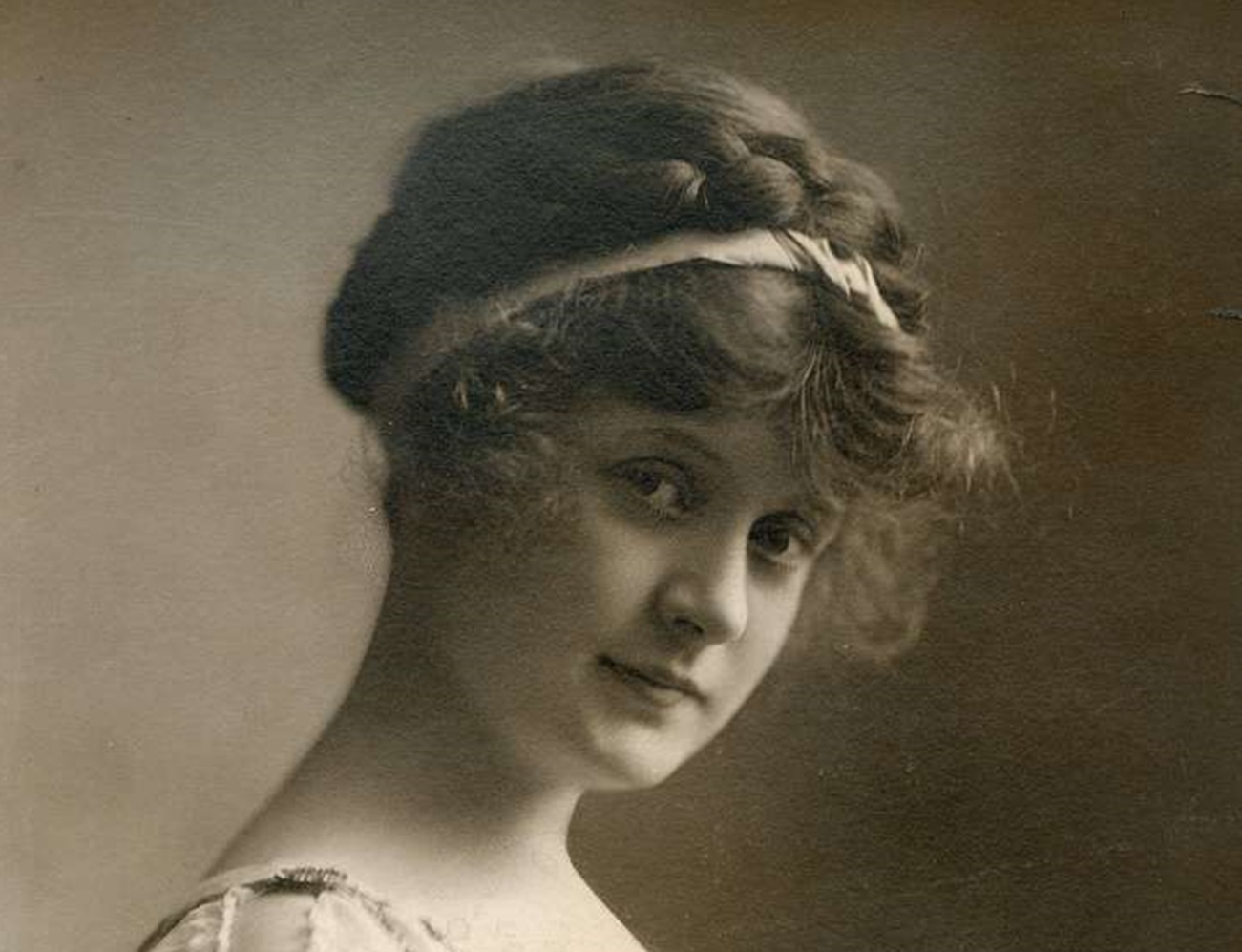 J. Willis Sayre Collection ,Picryl
J. Willis Sayre Collection ,Picryl

